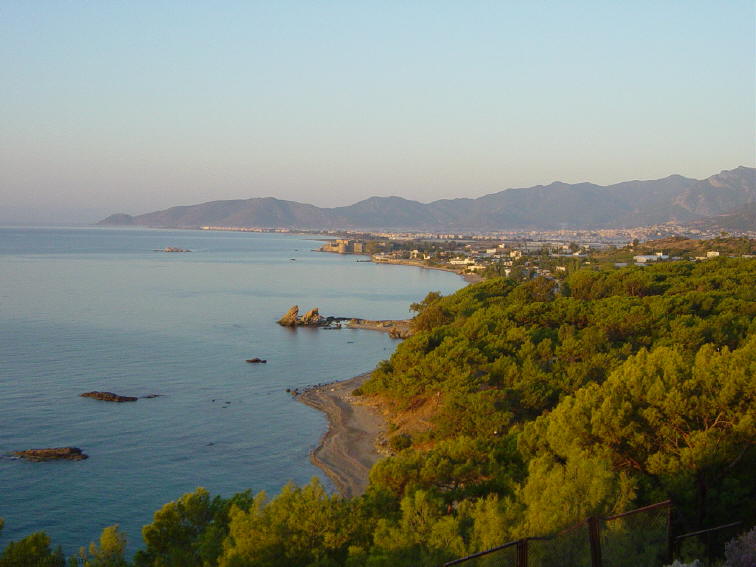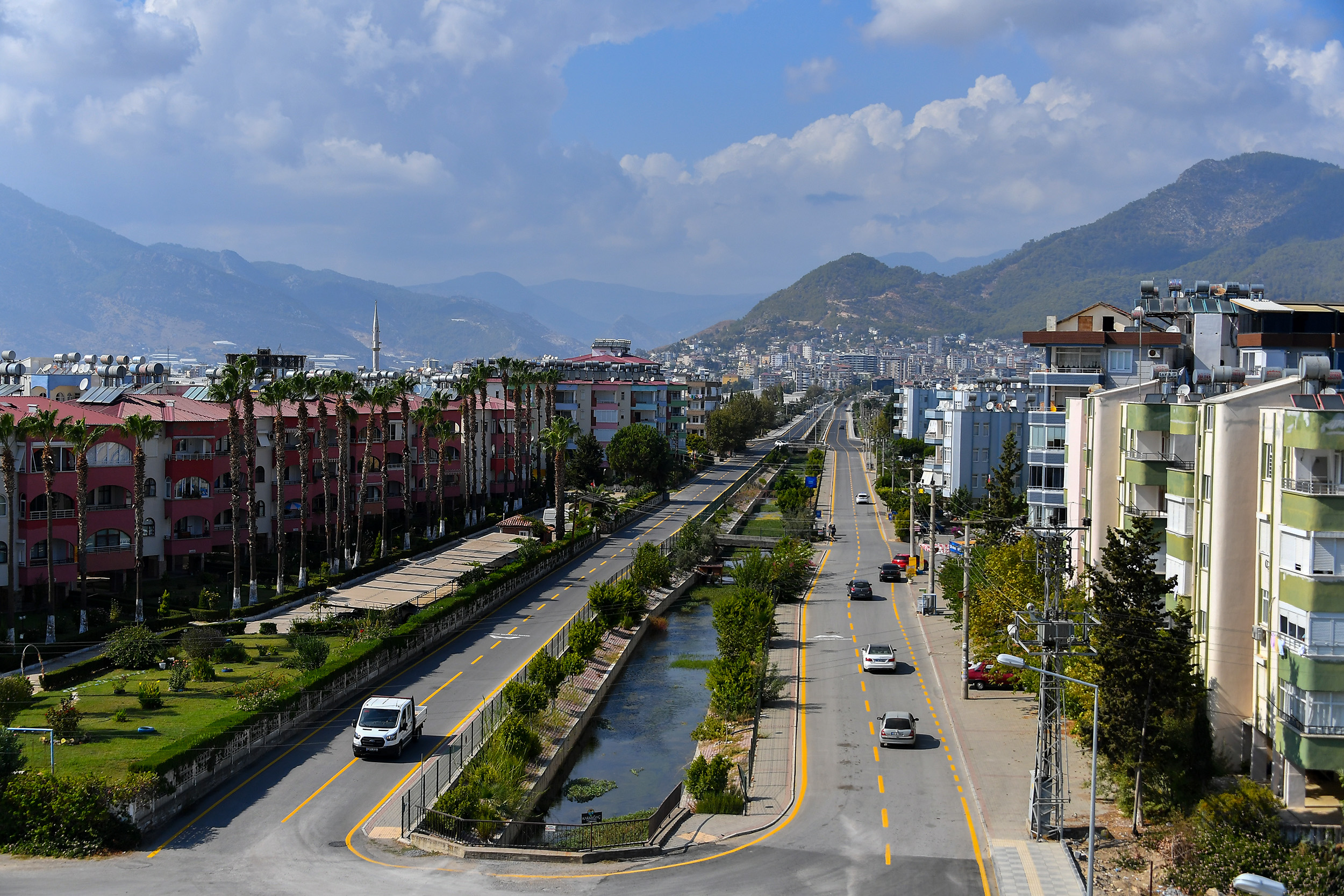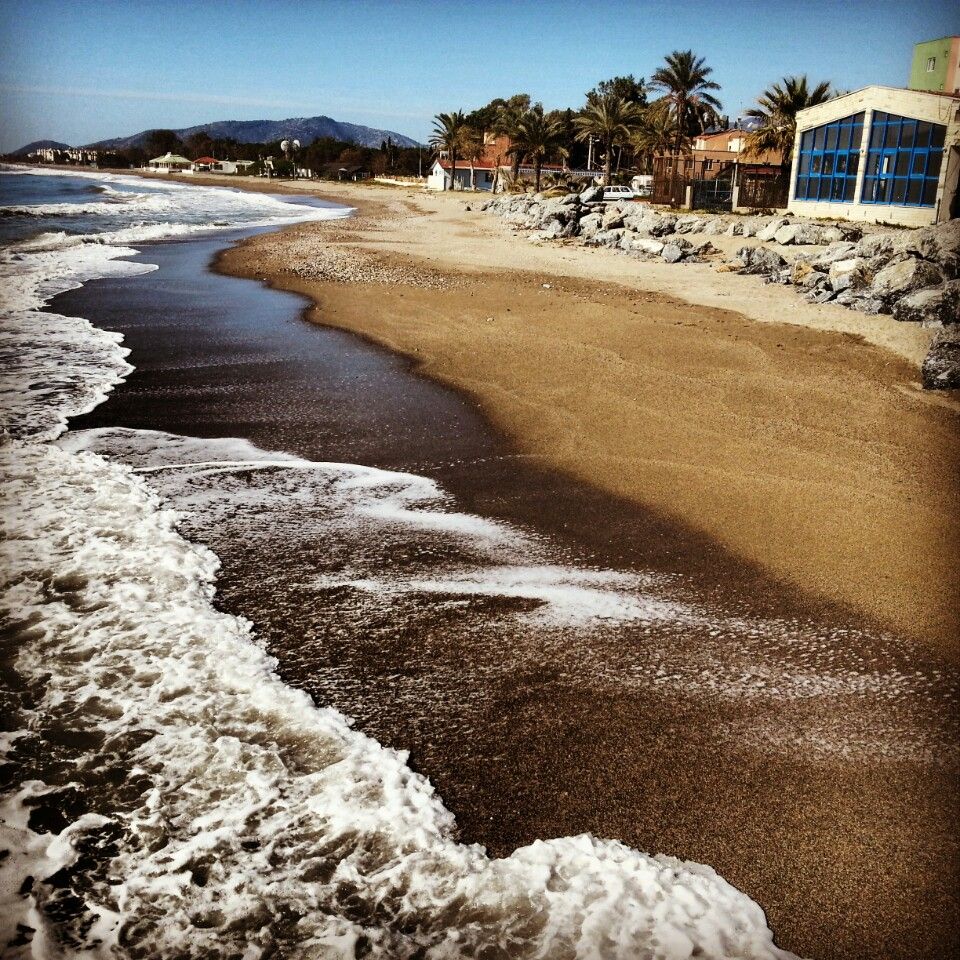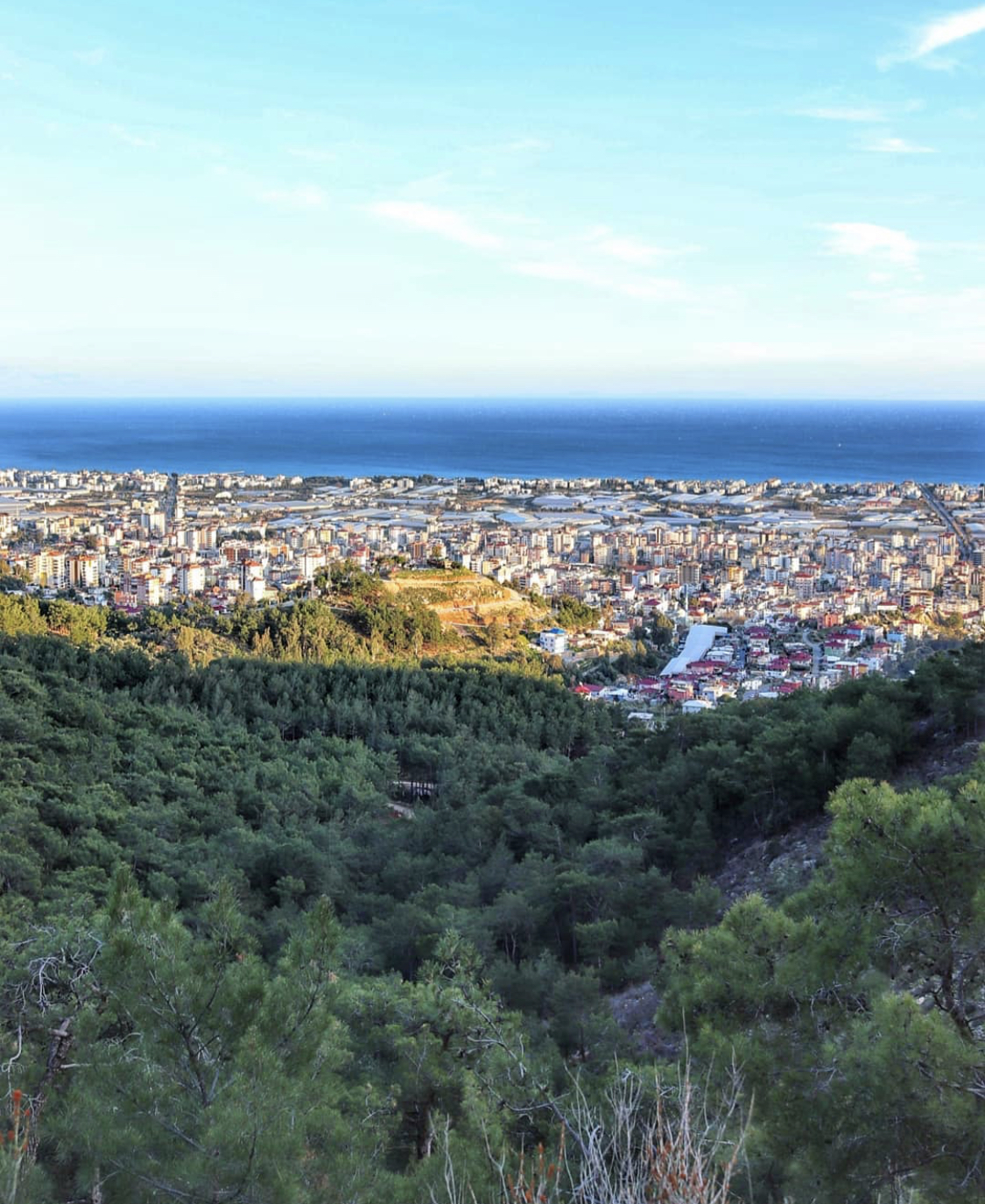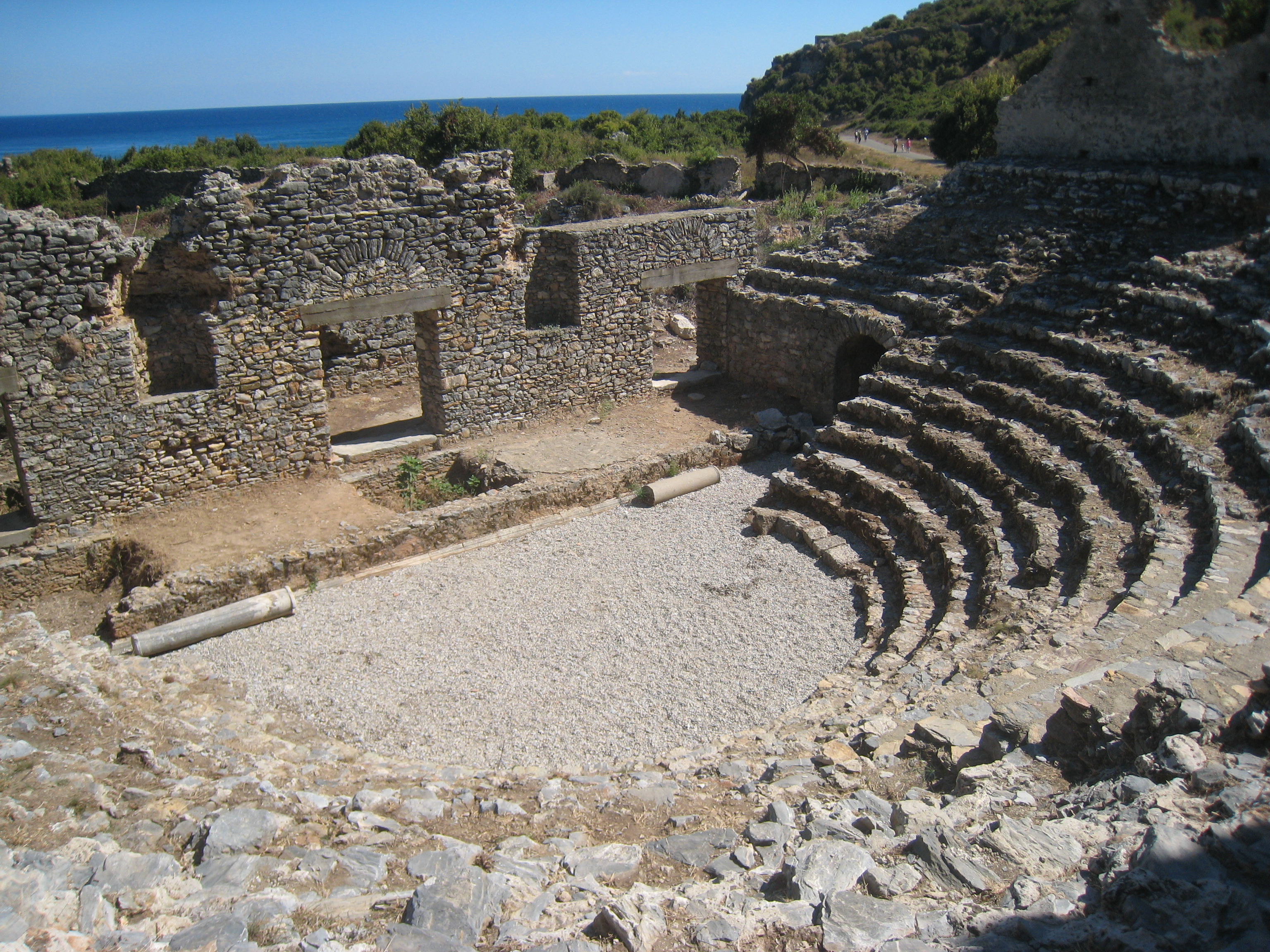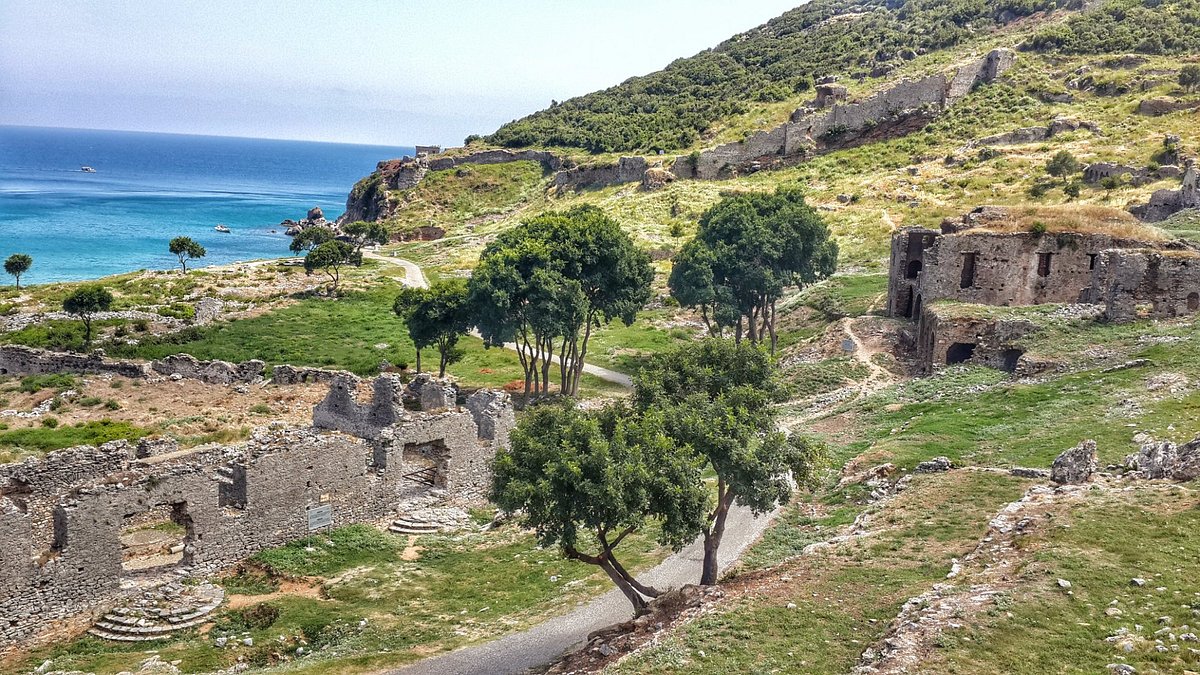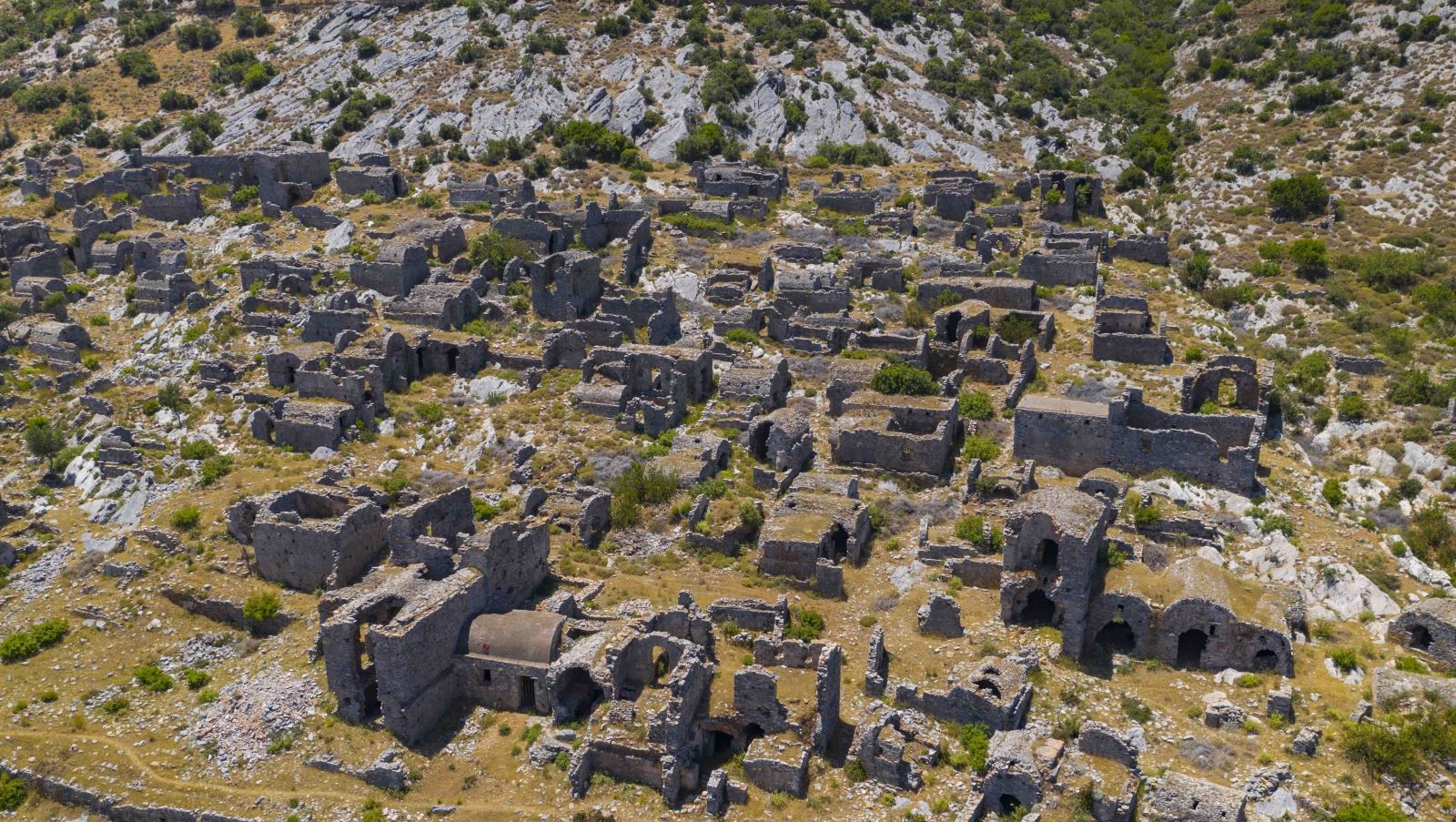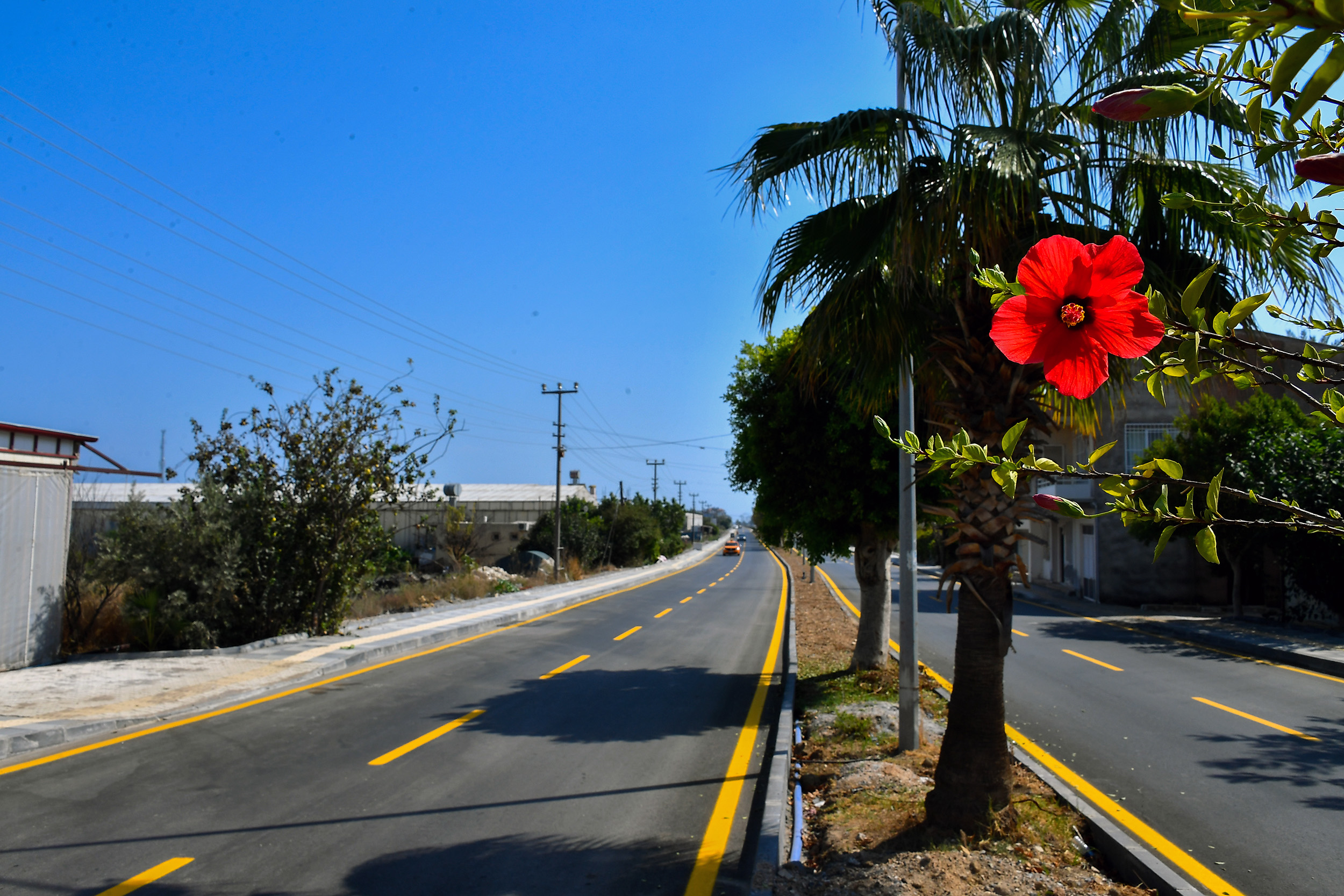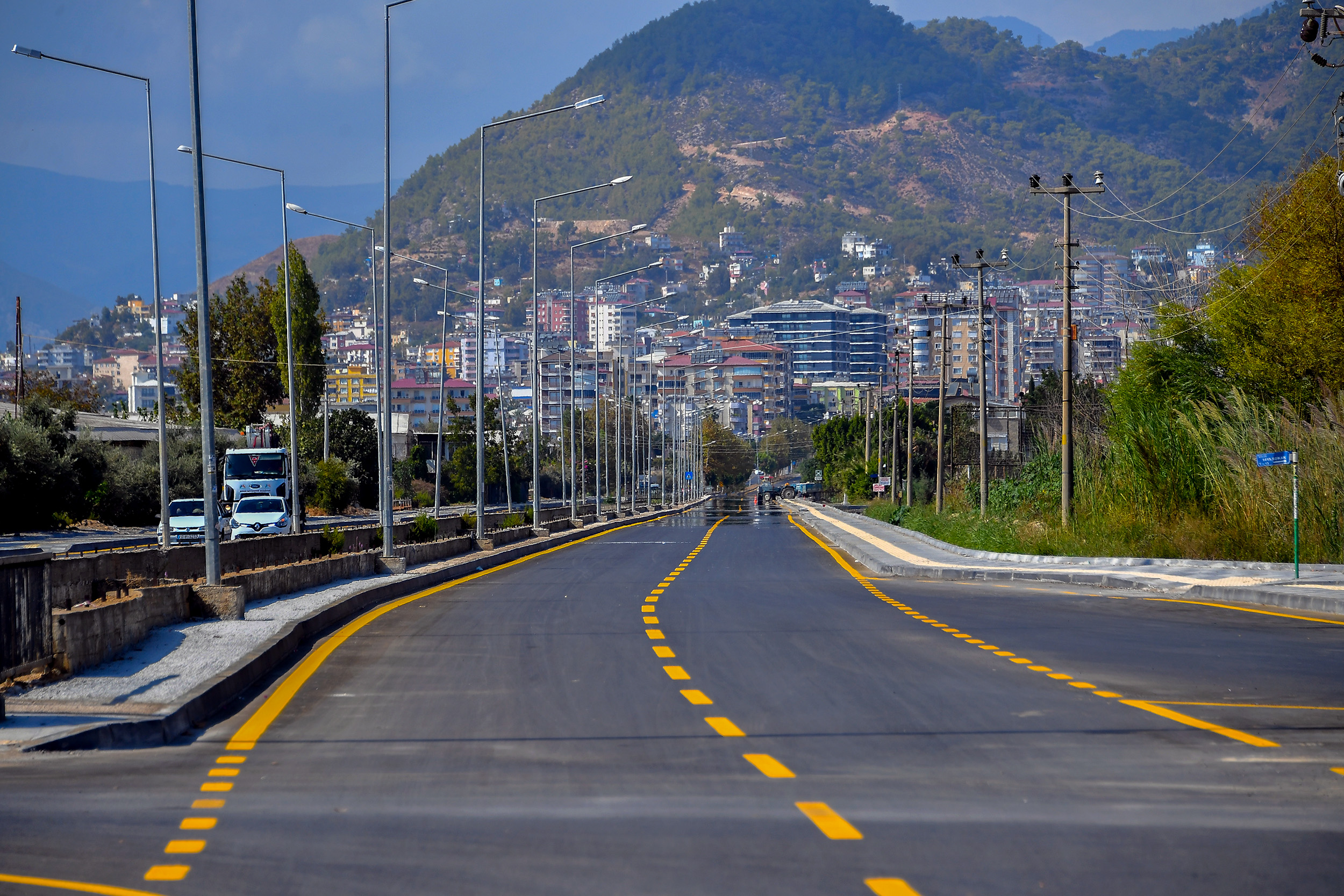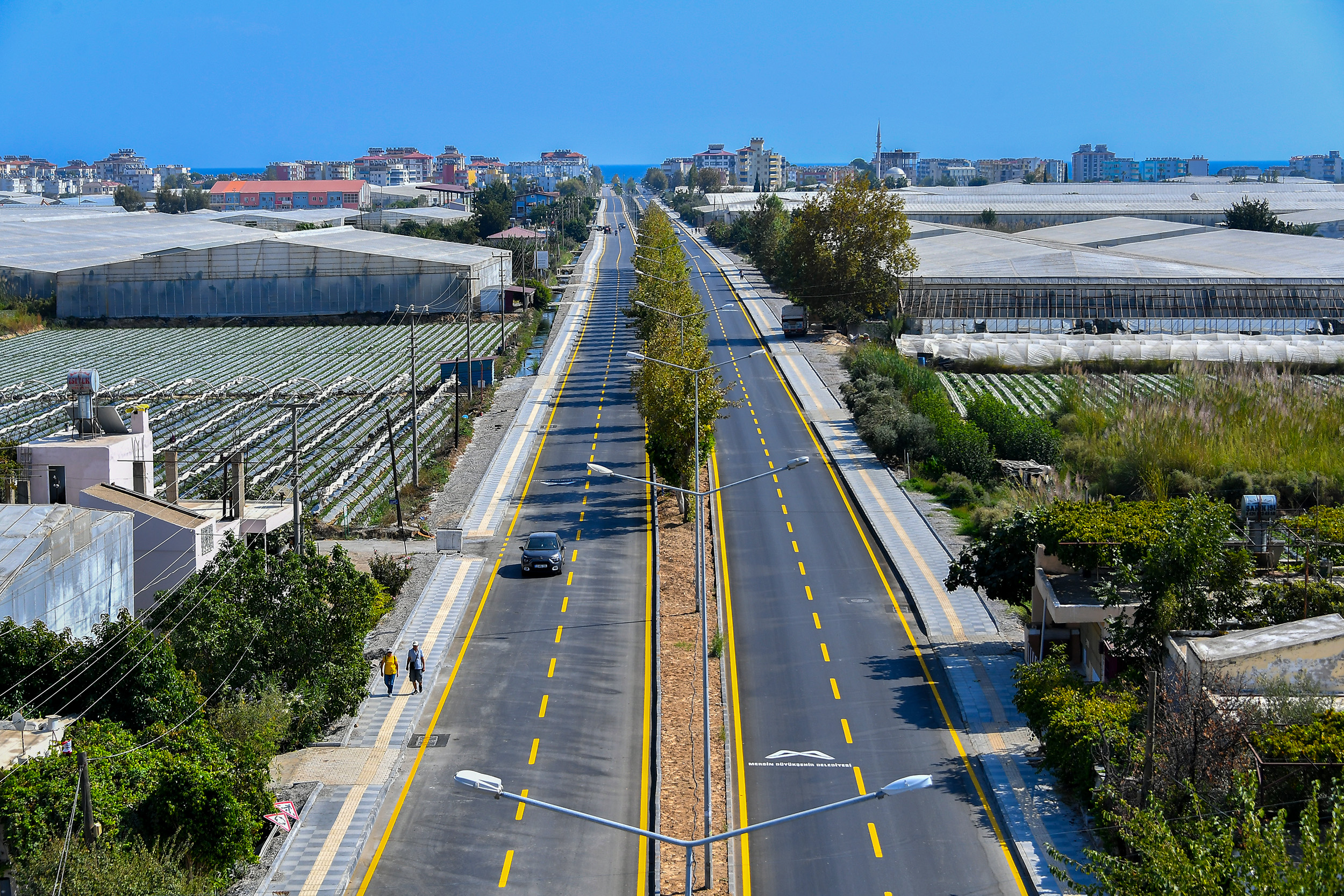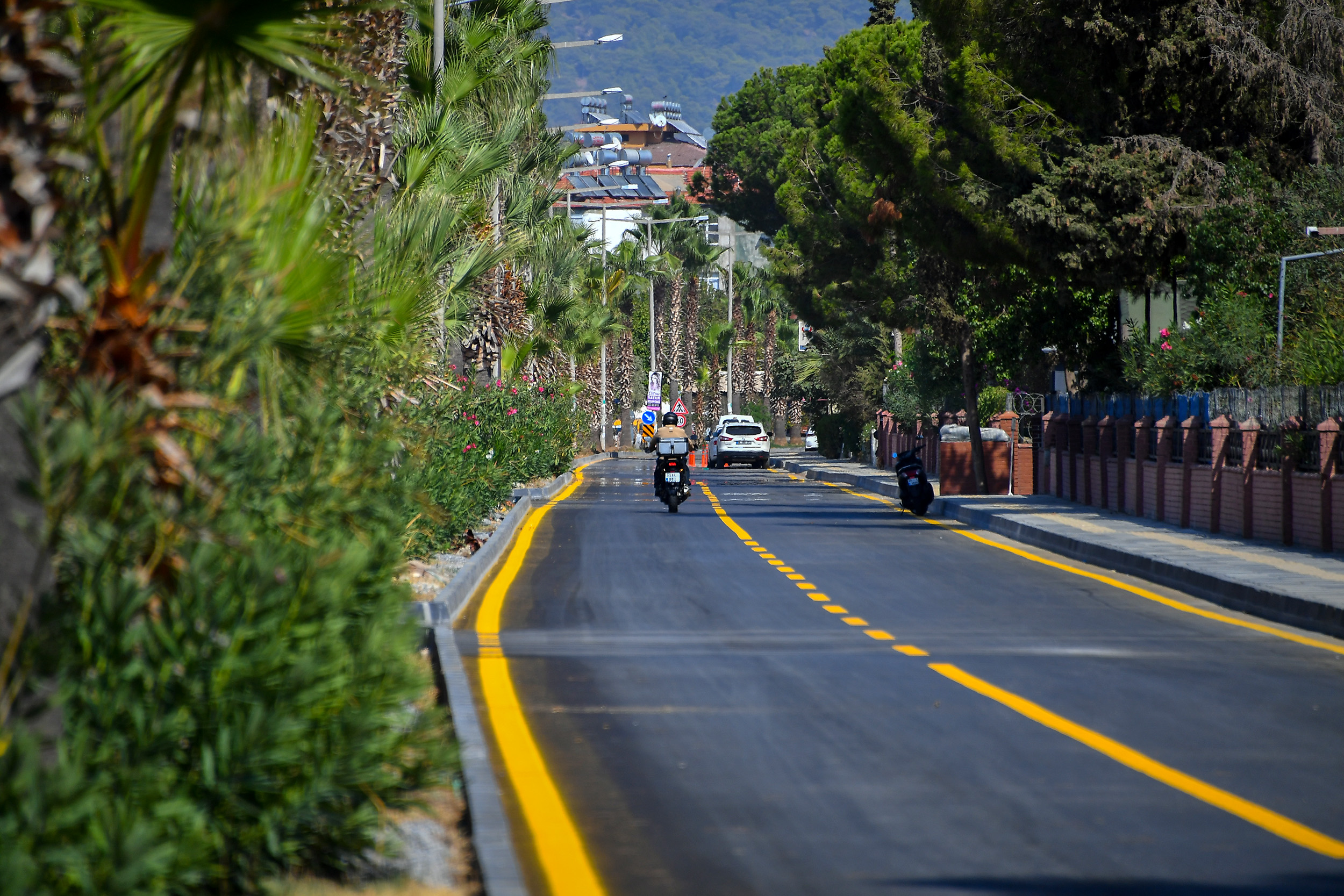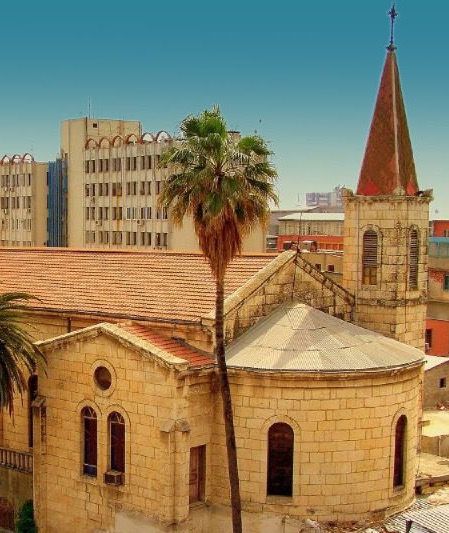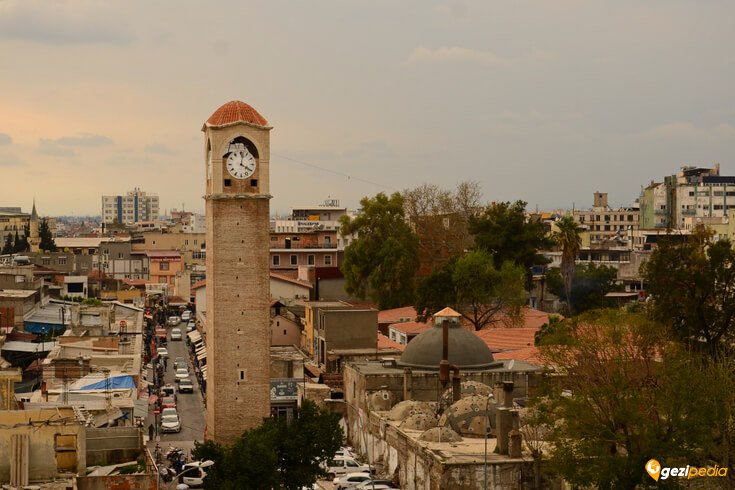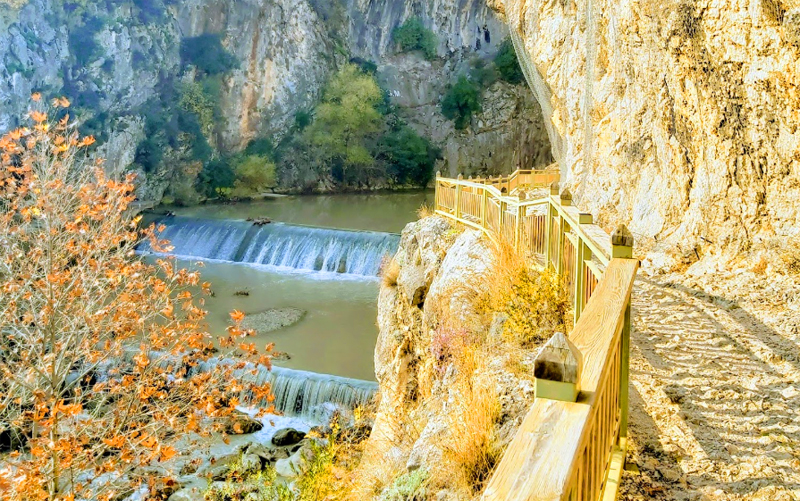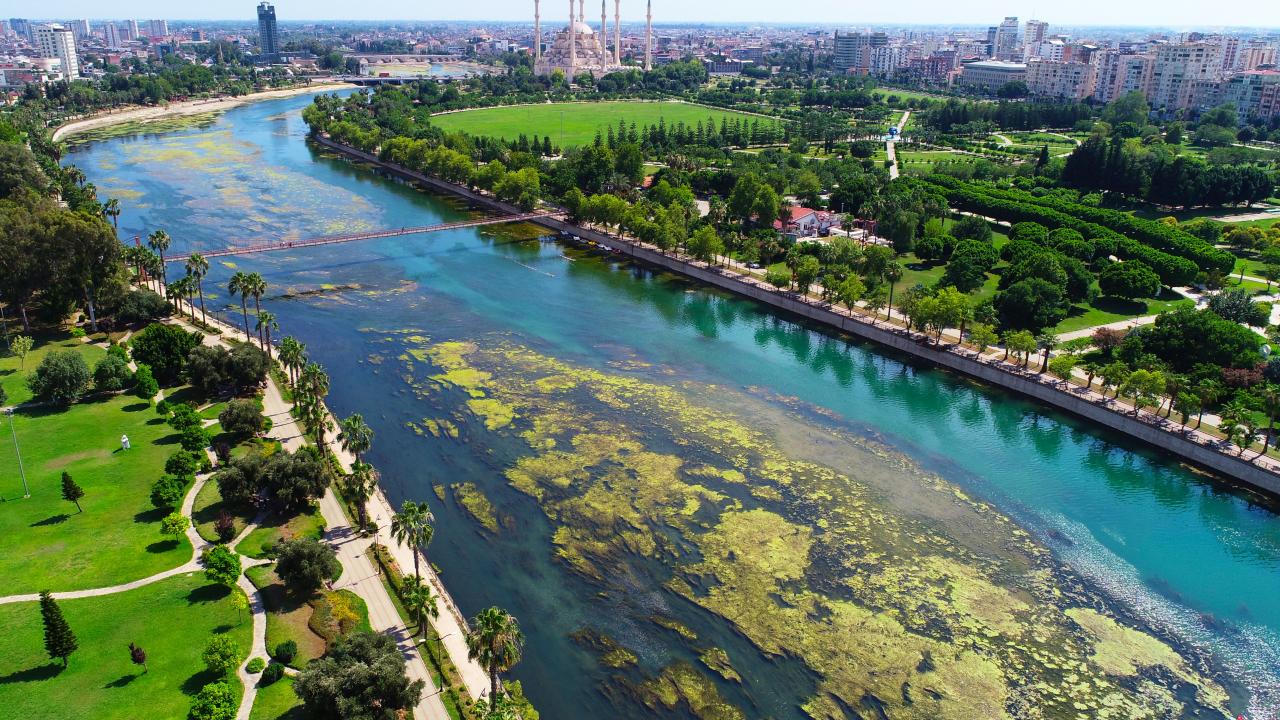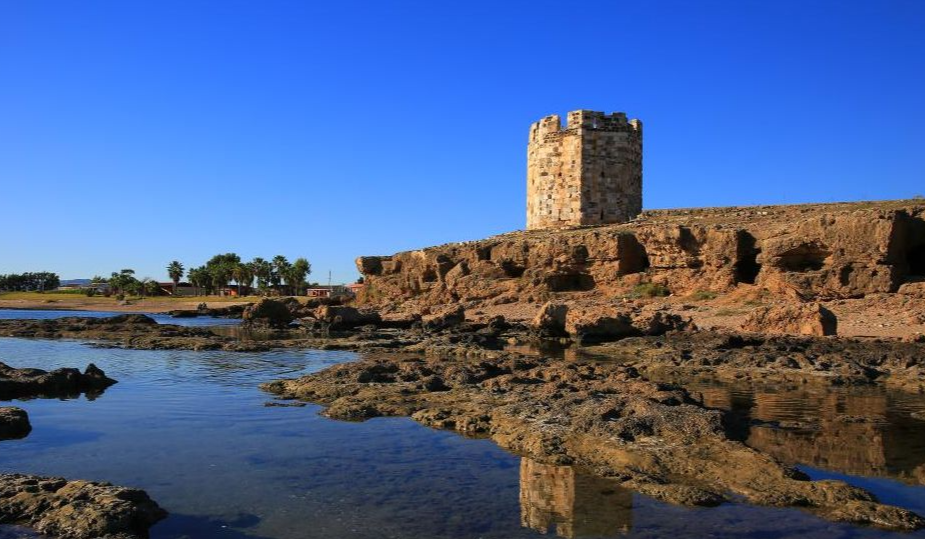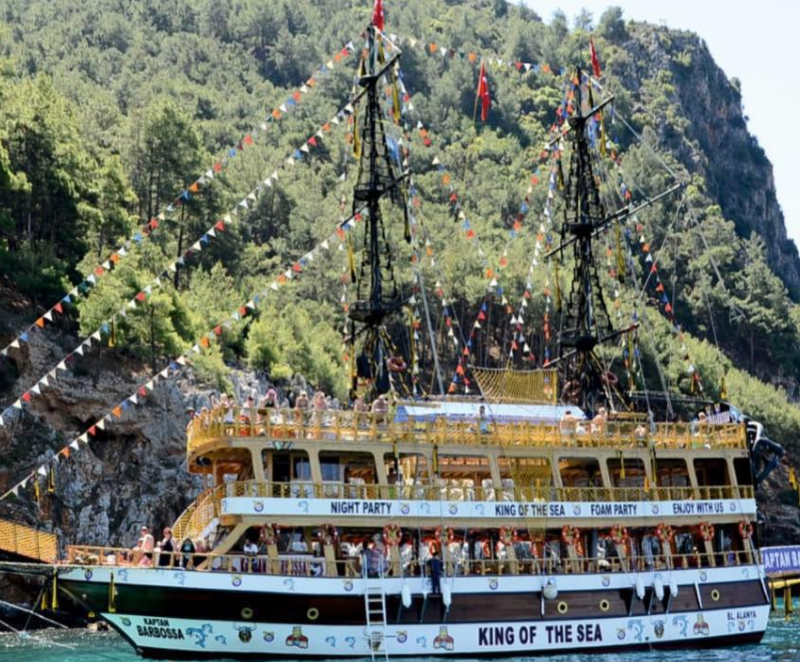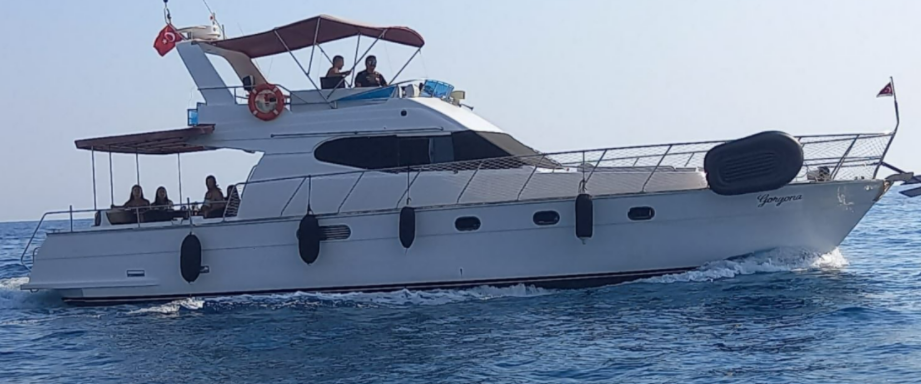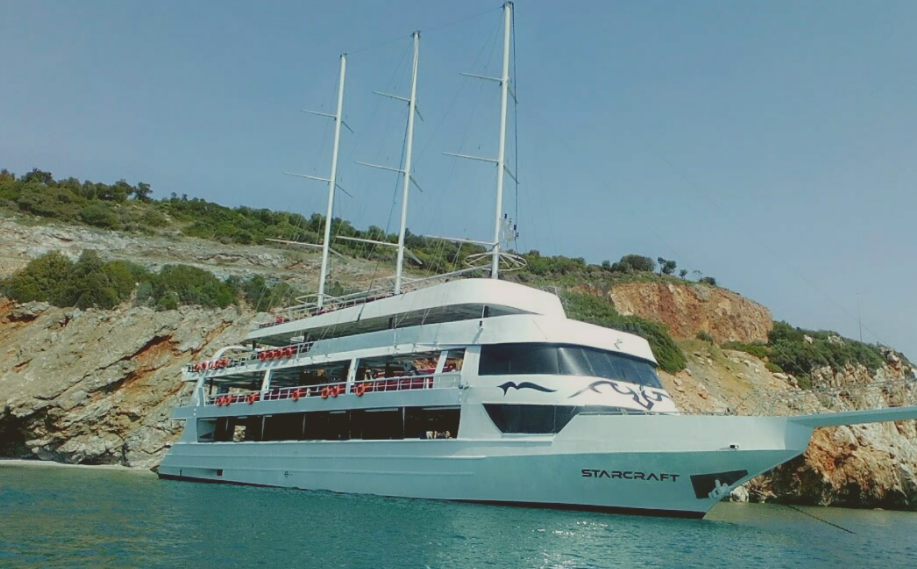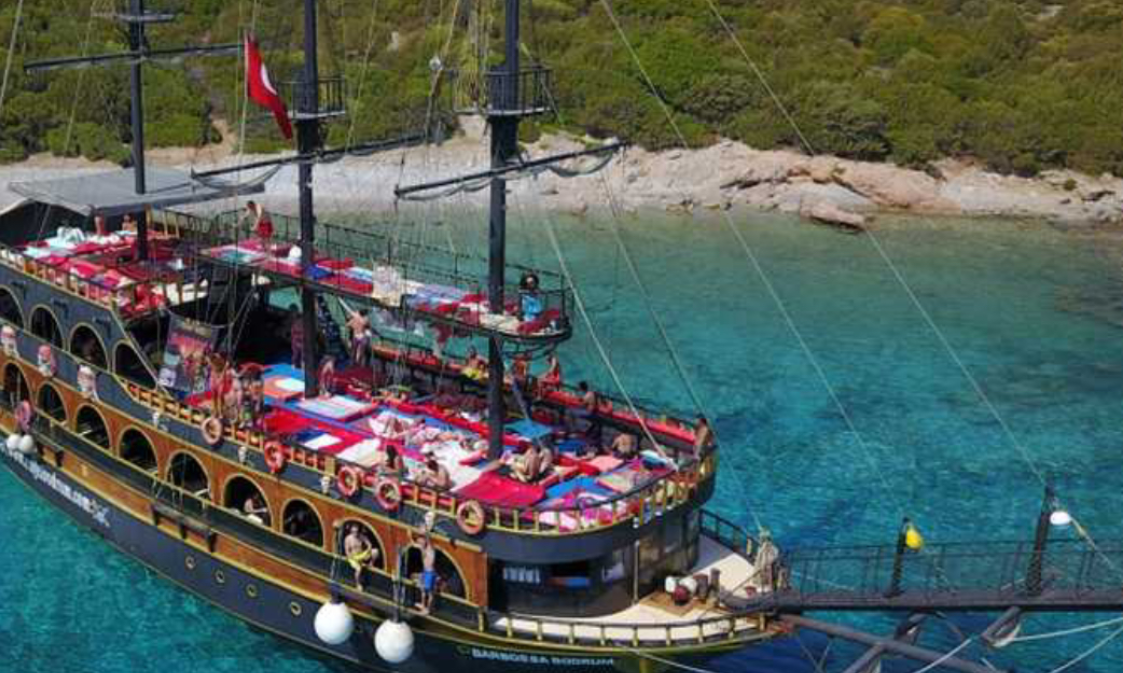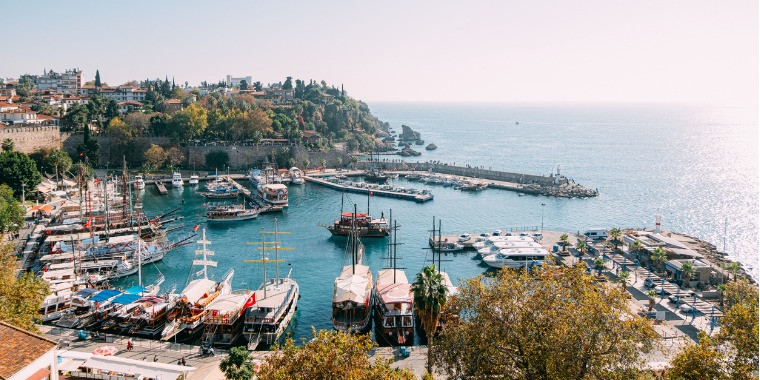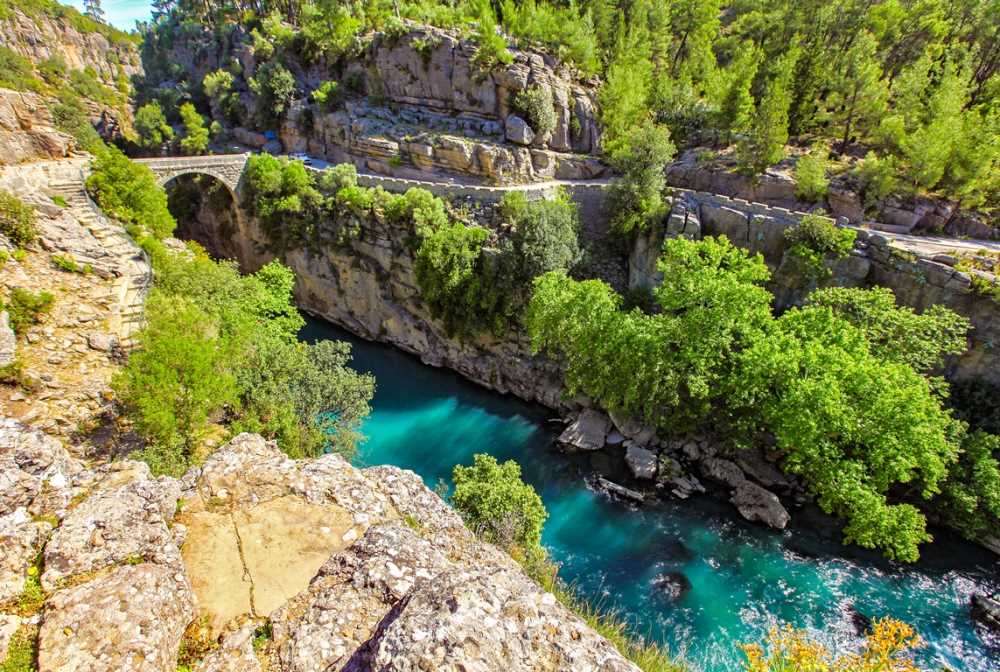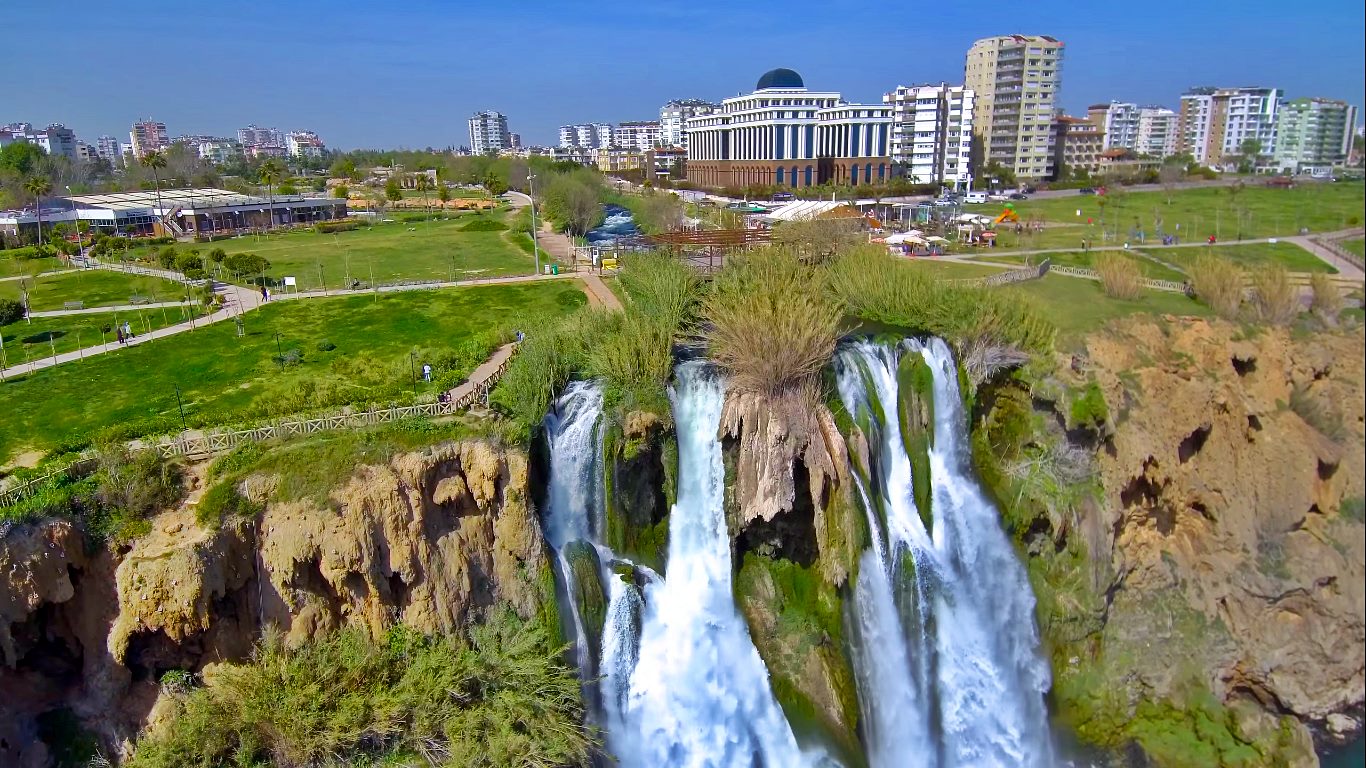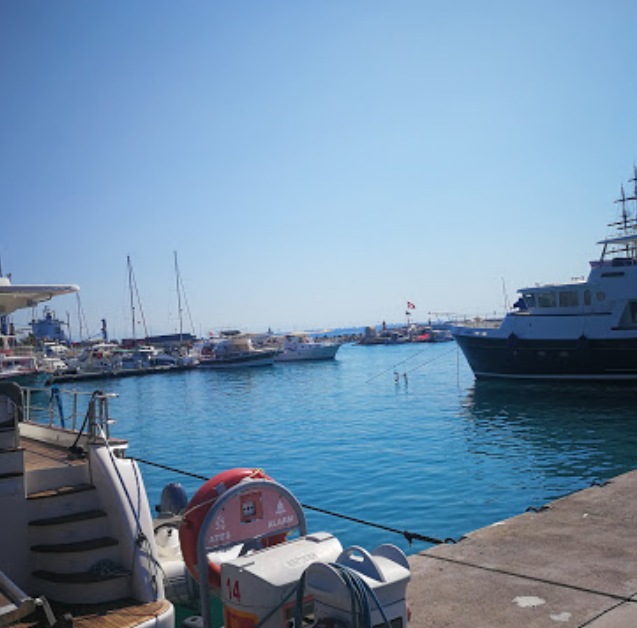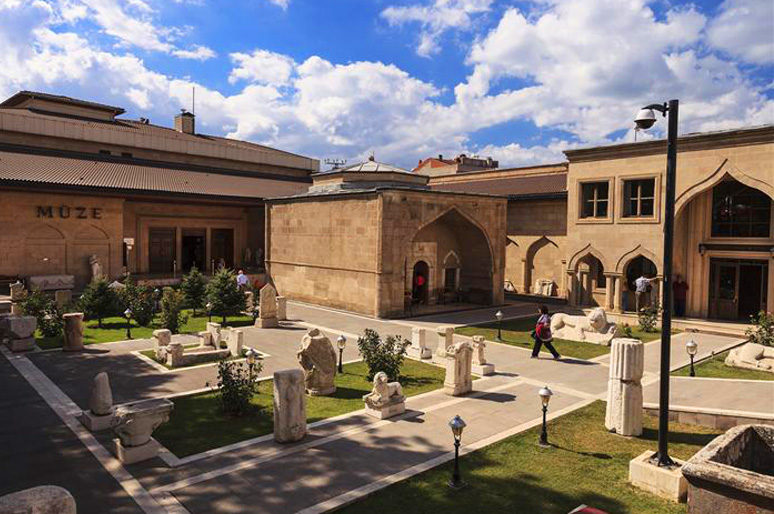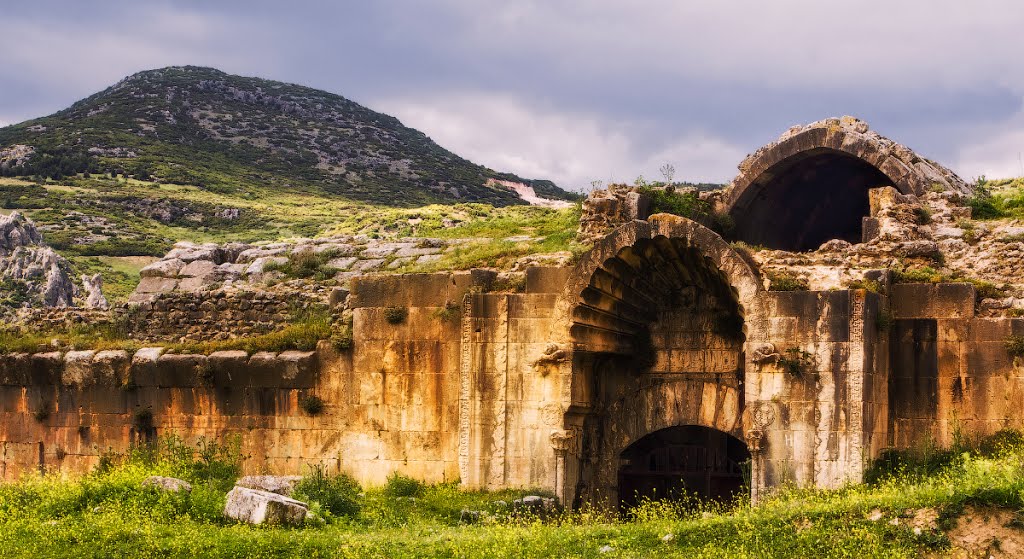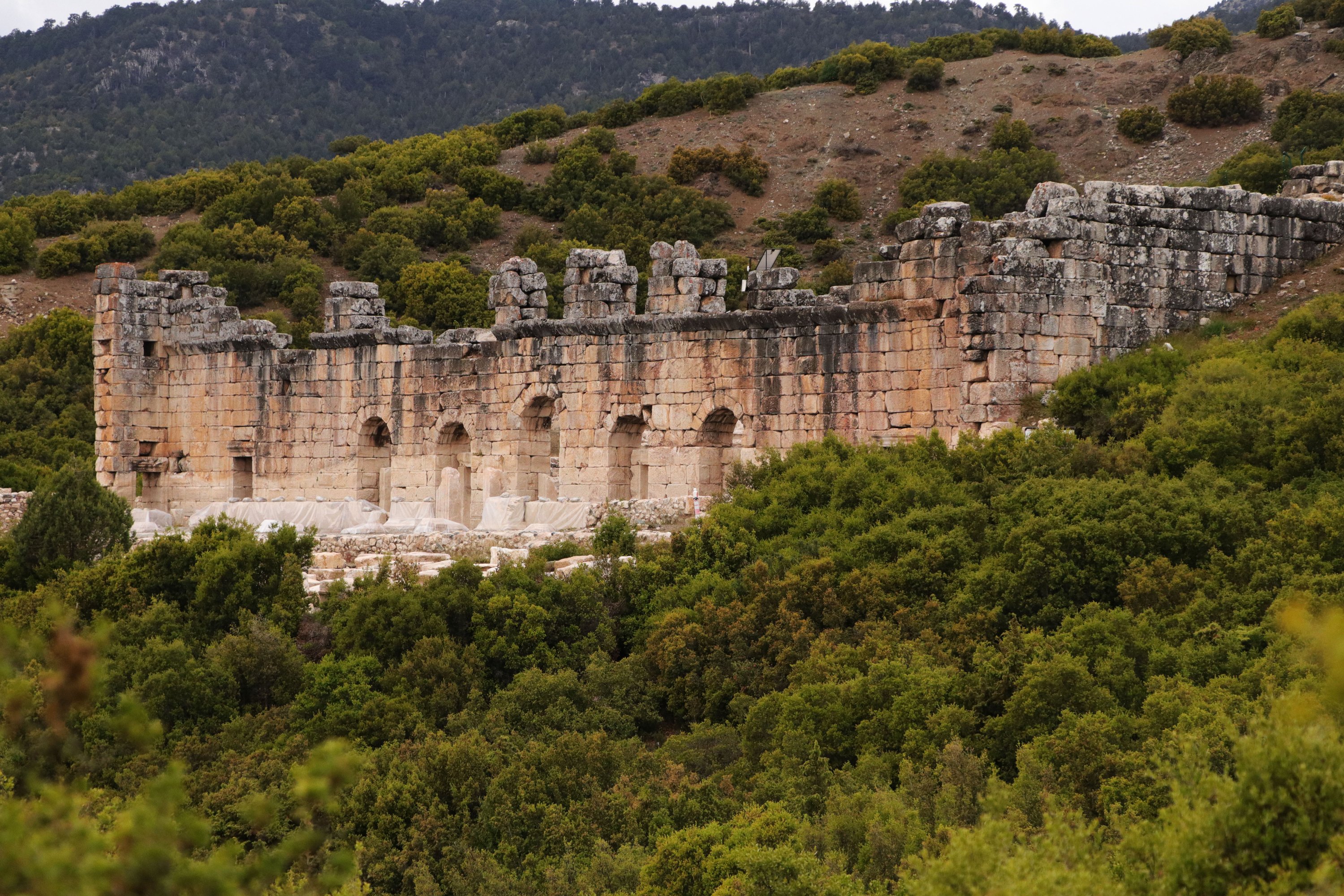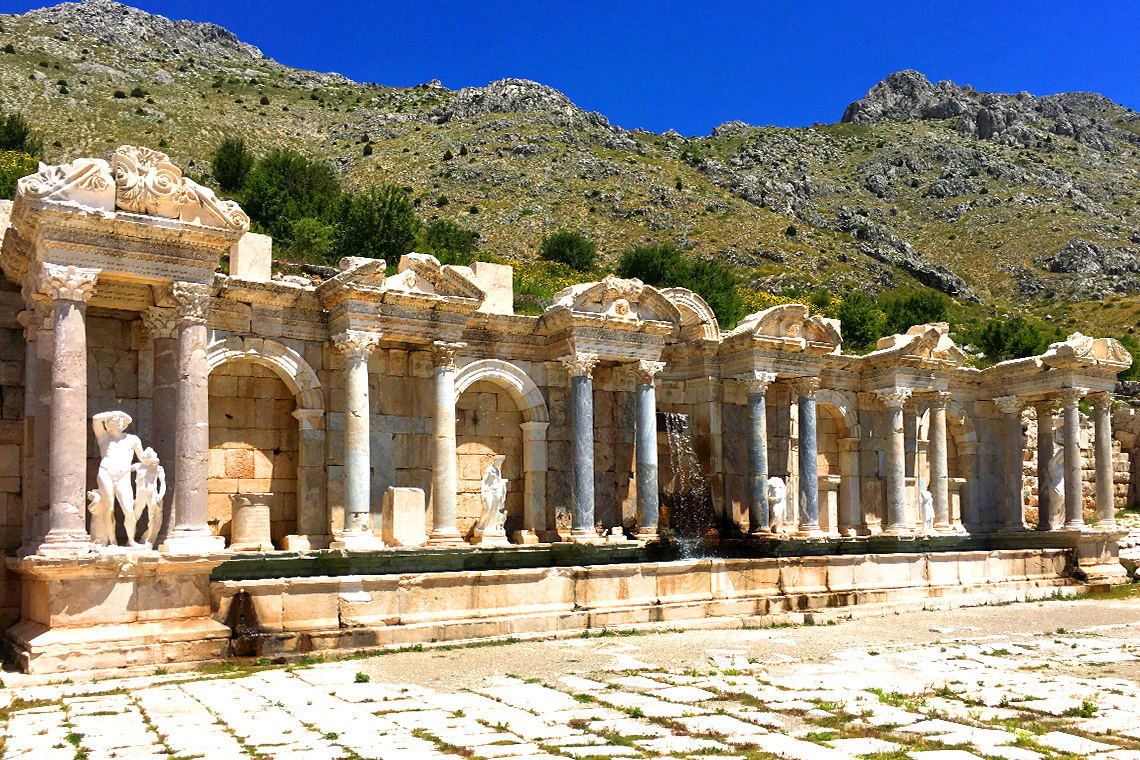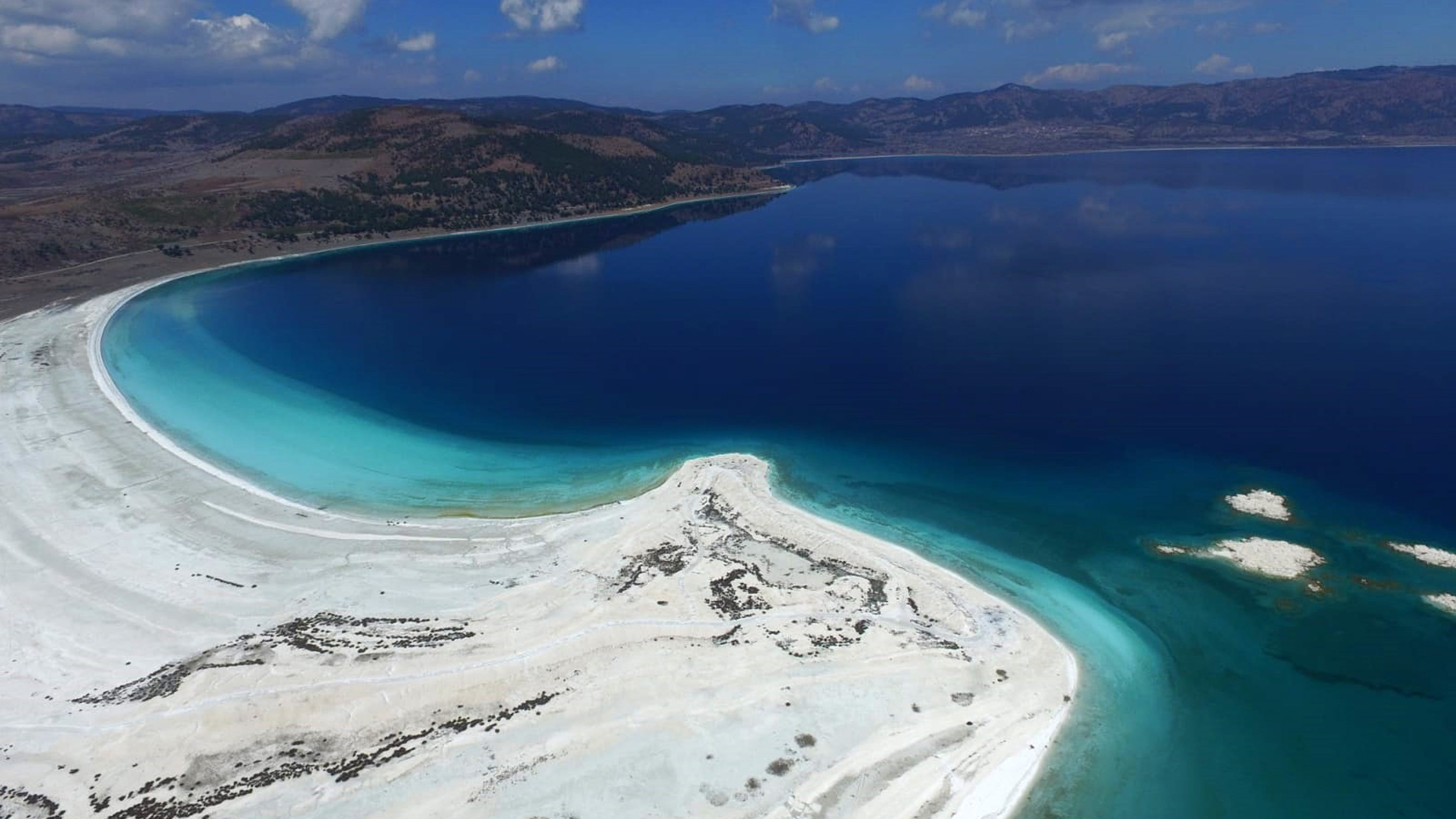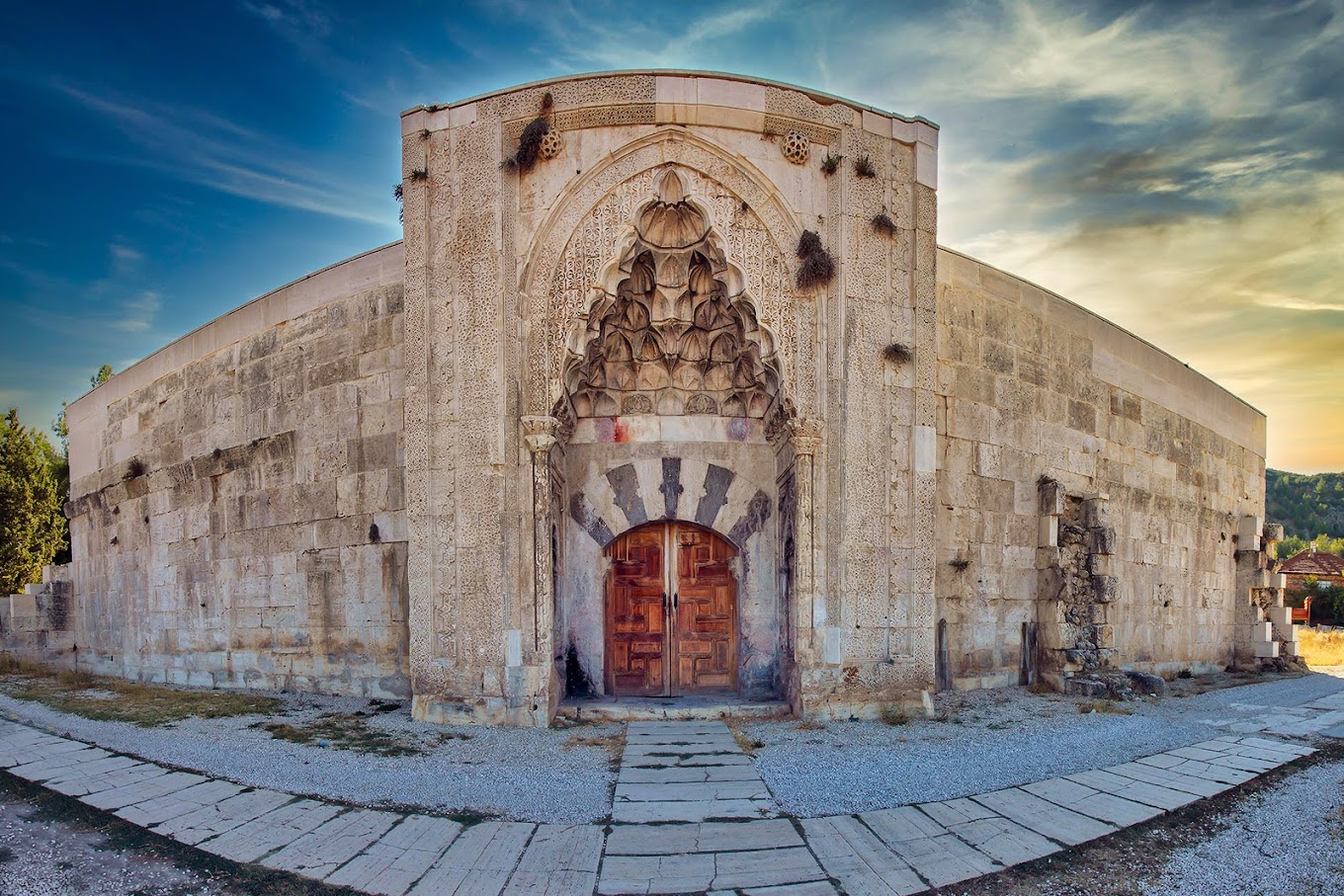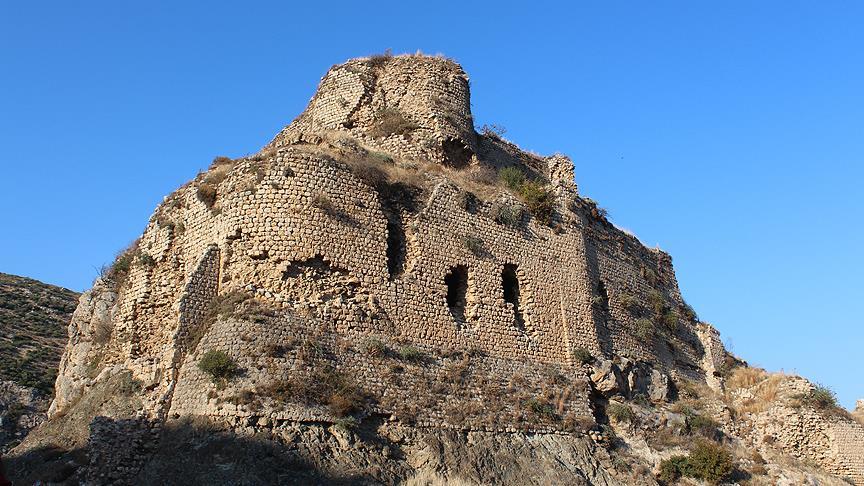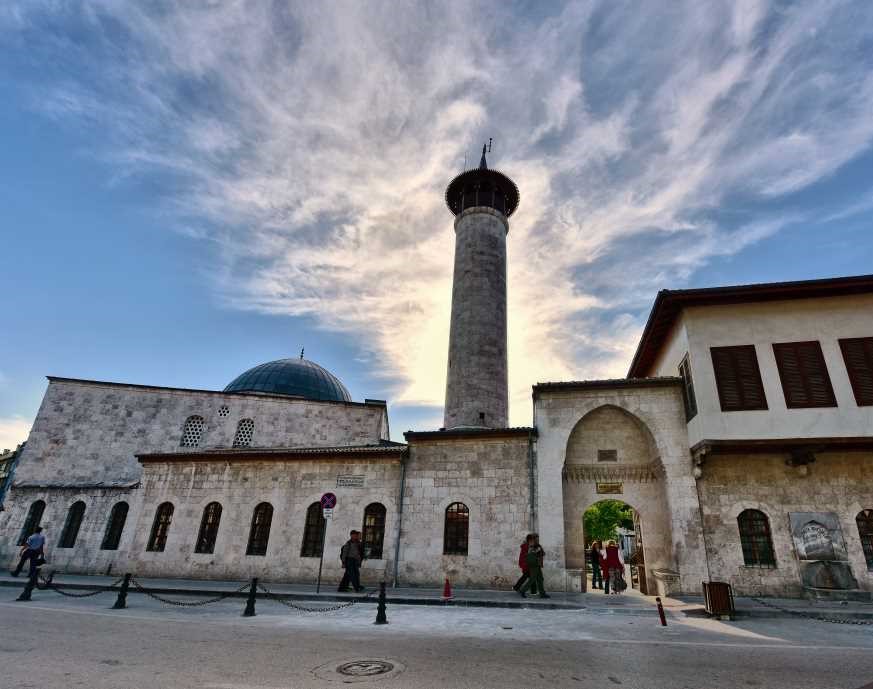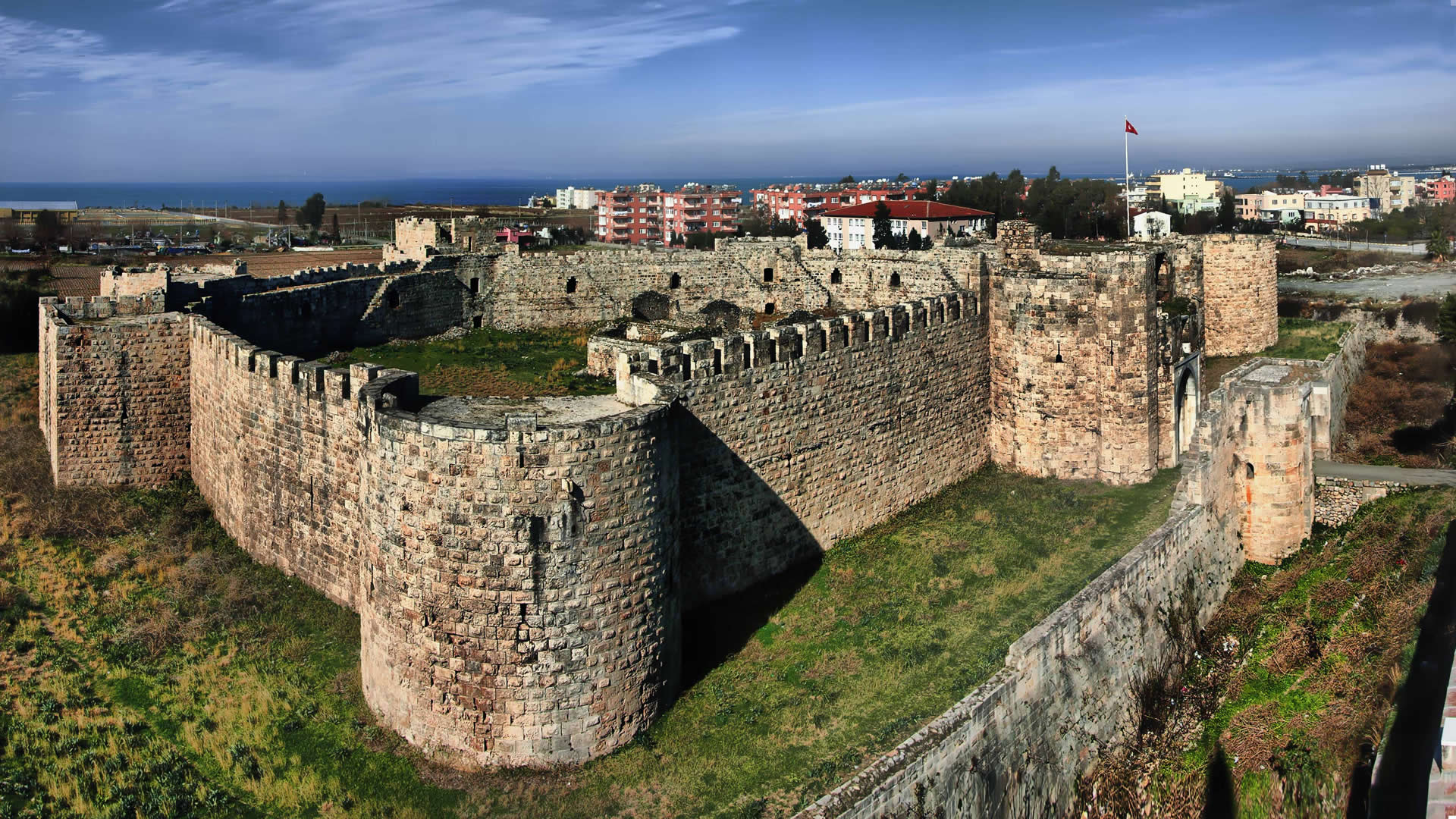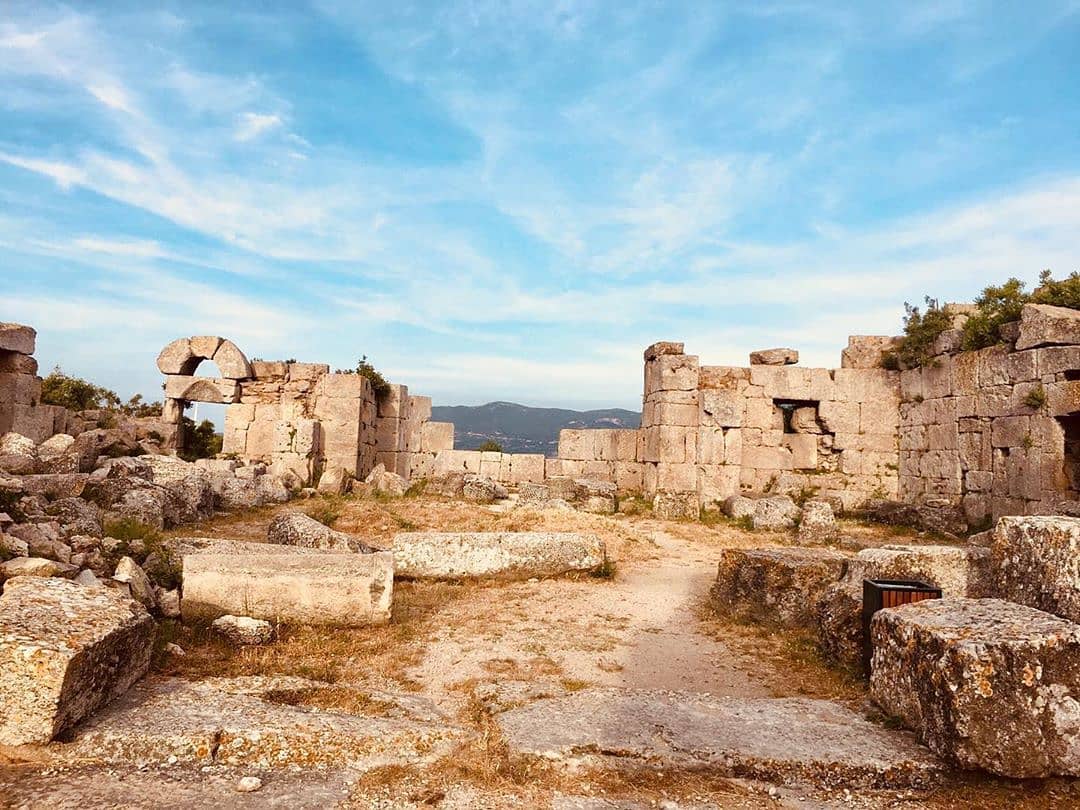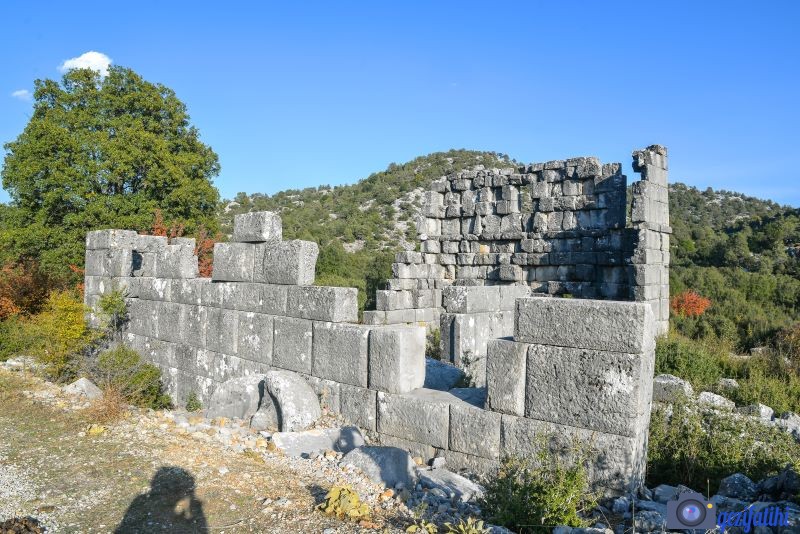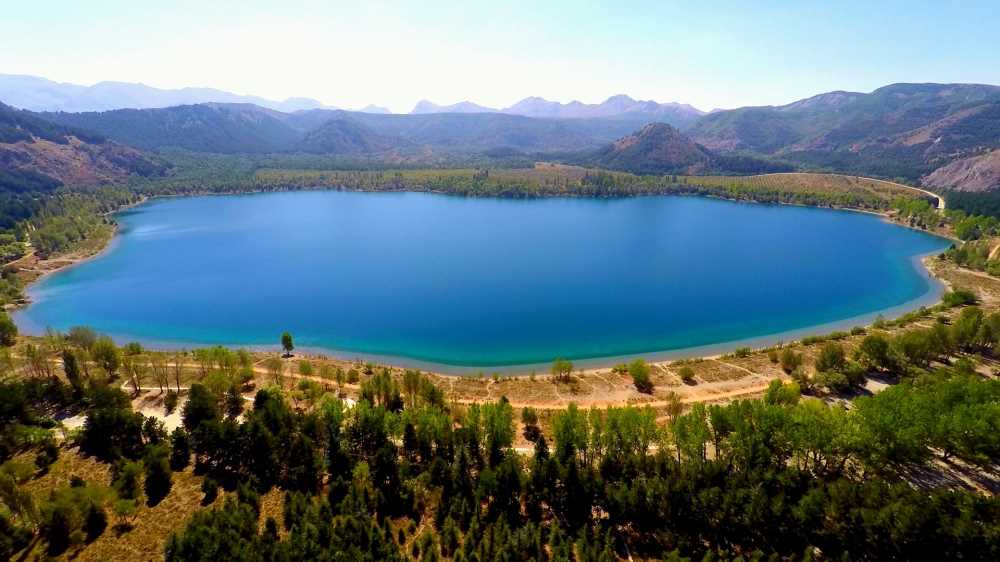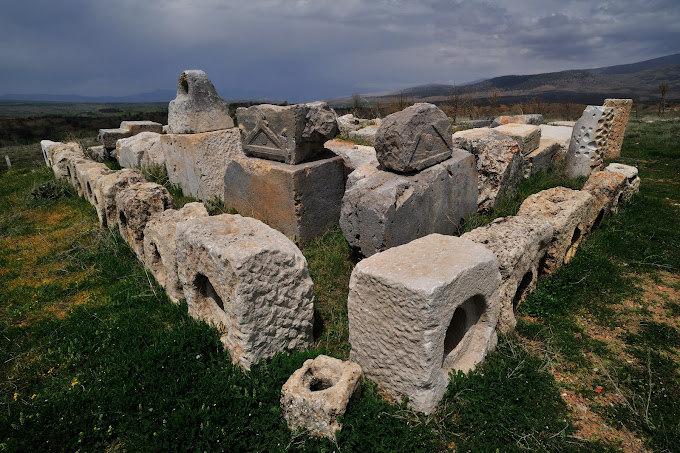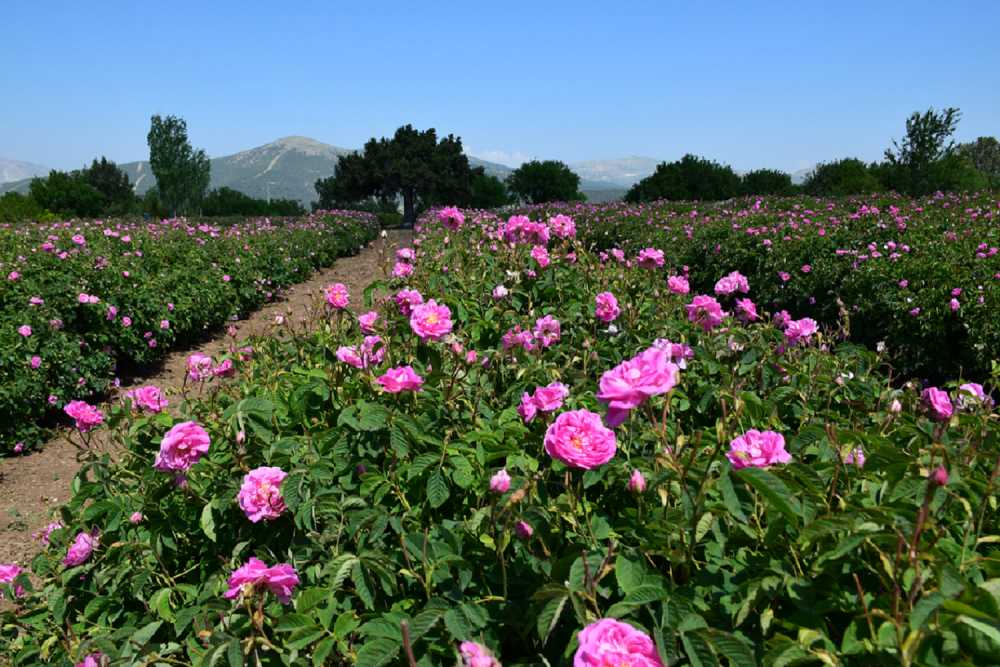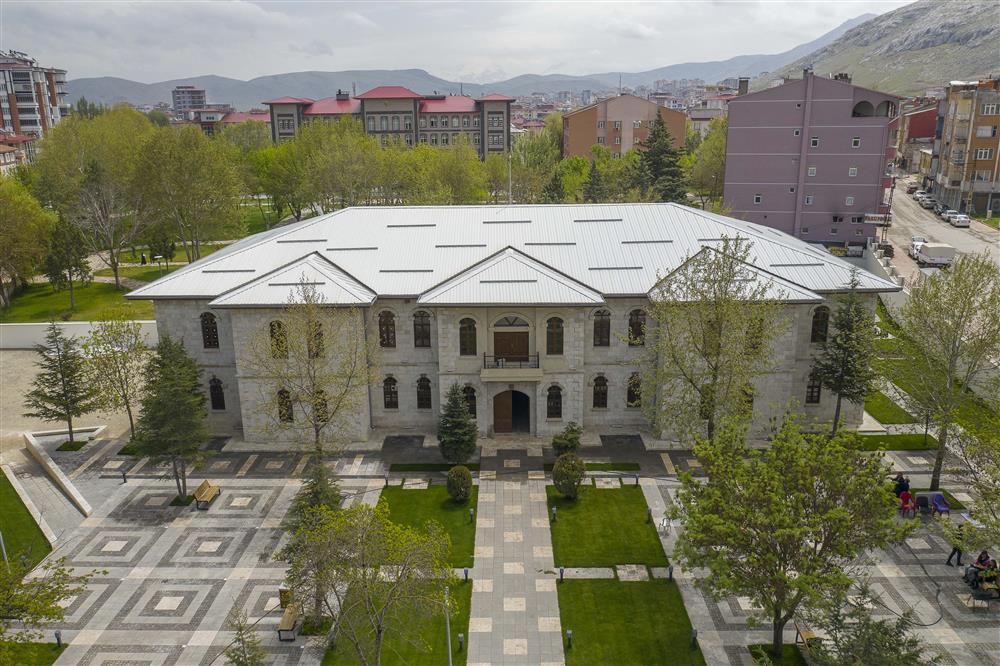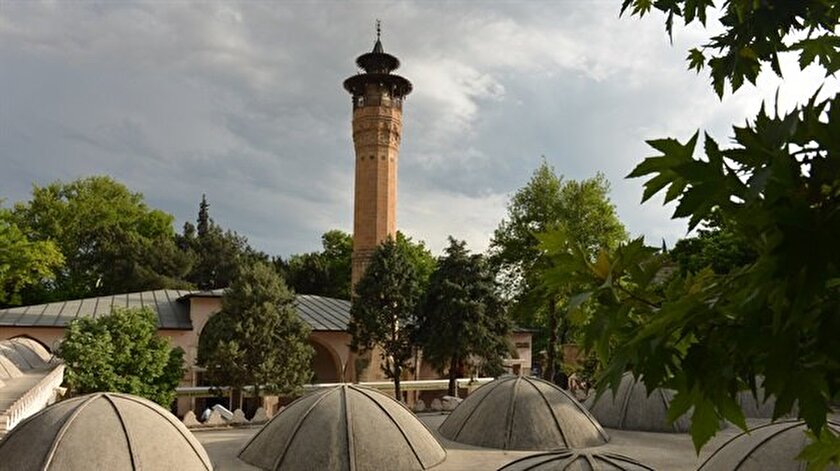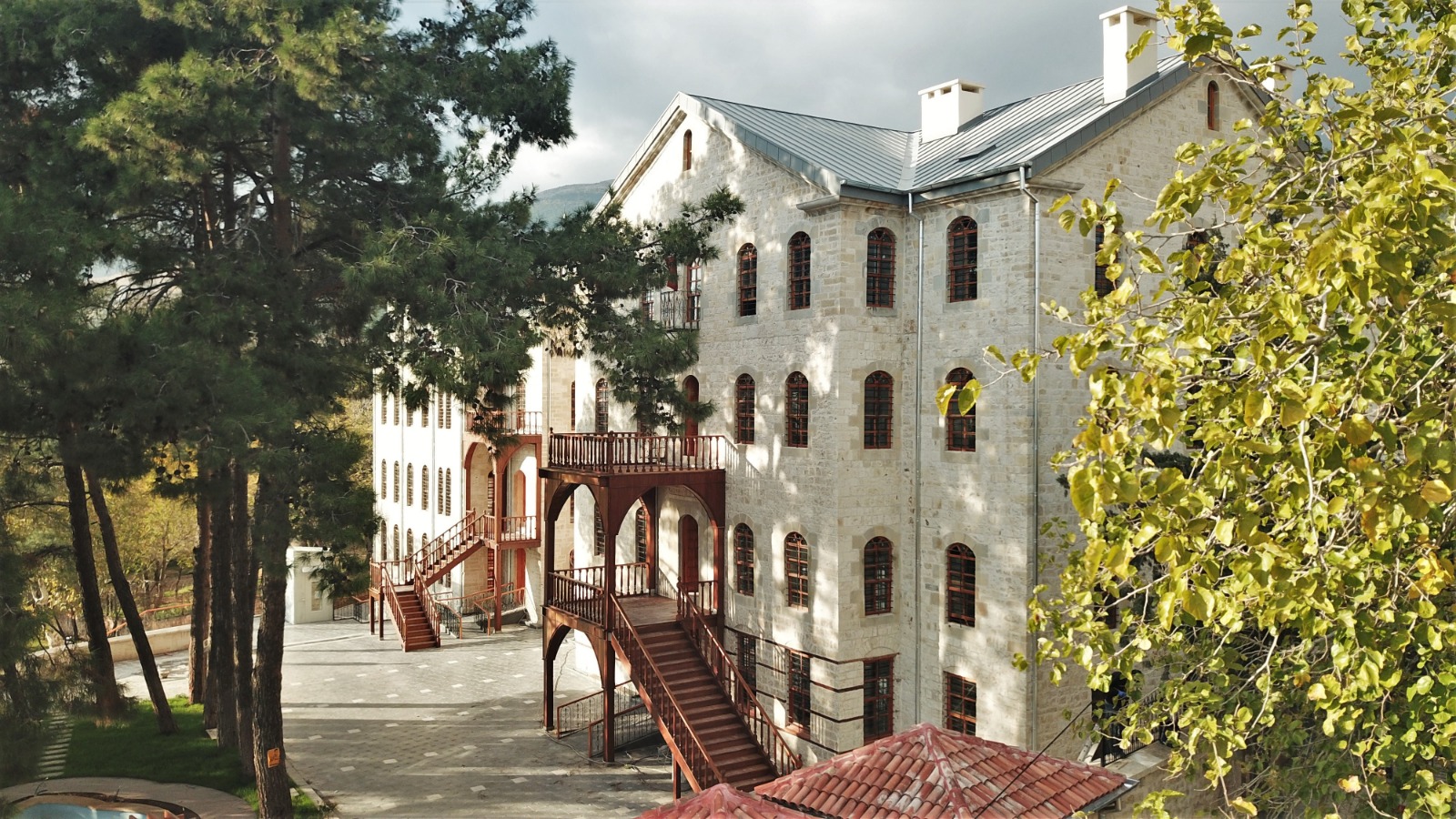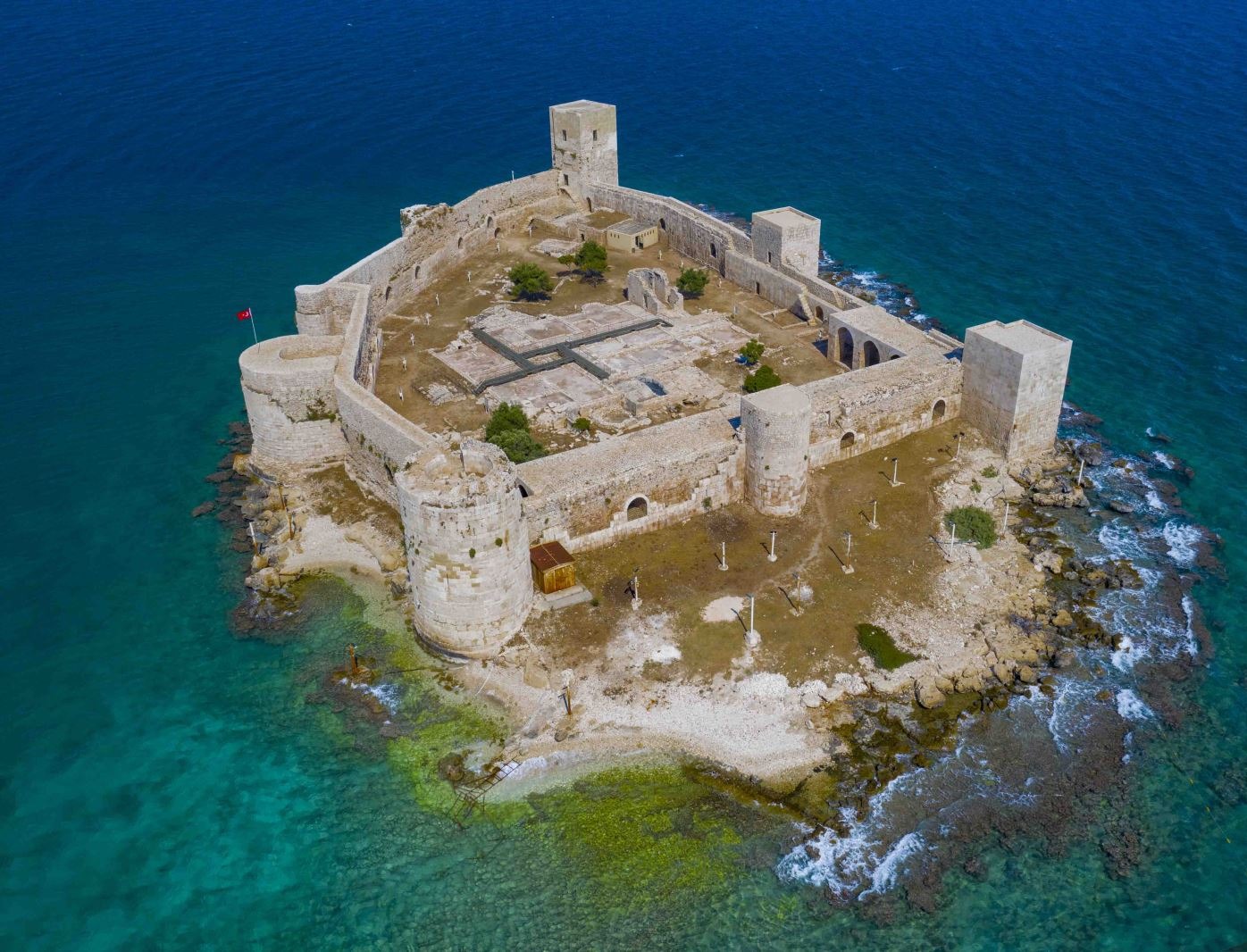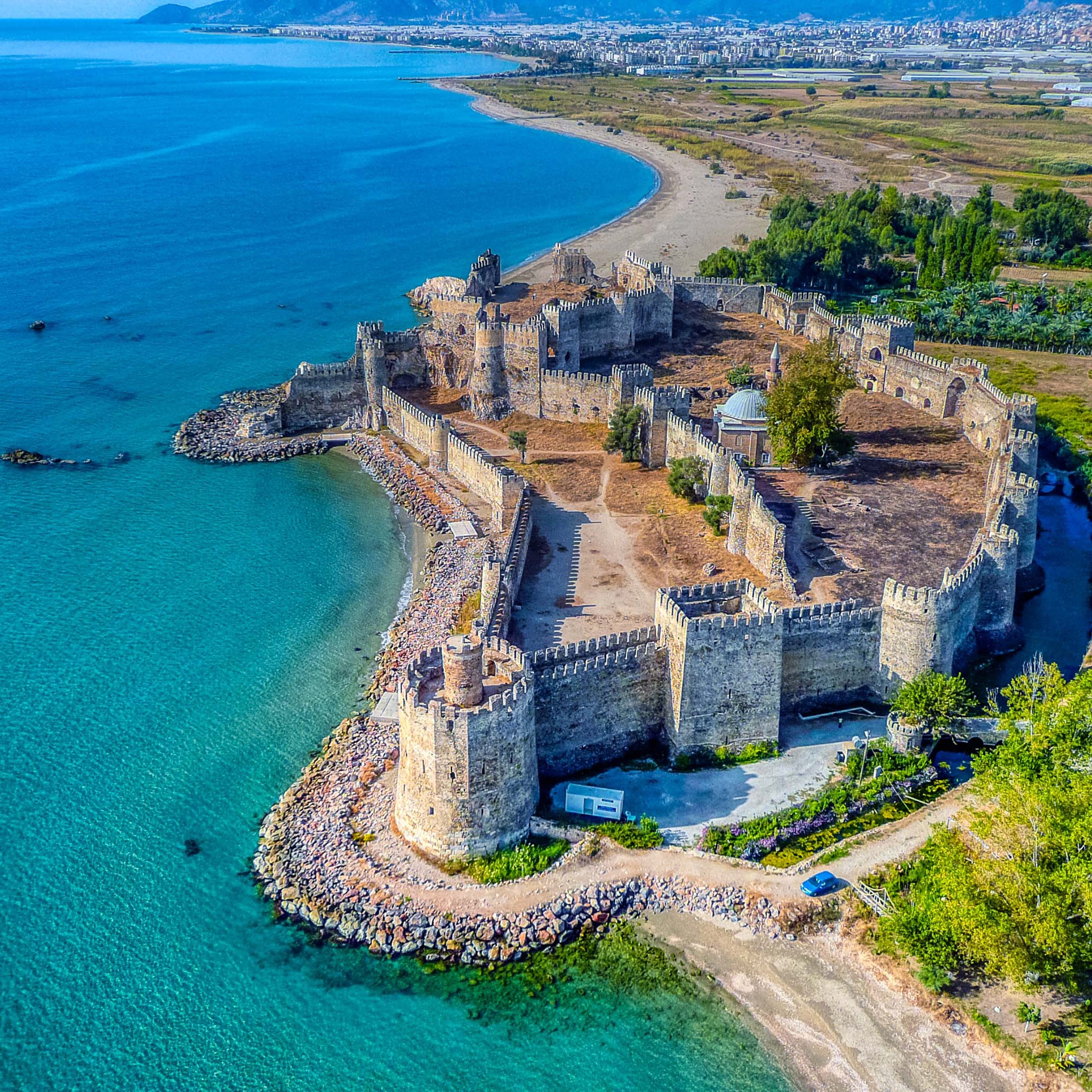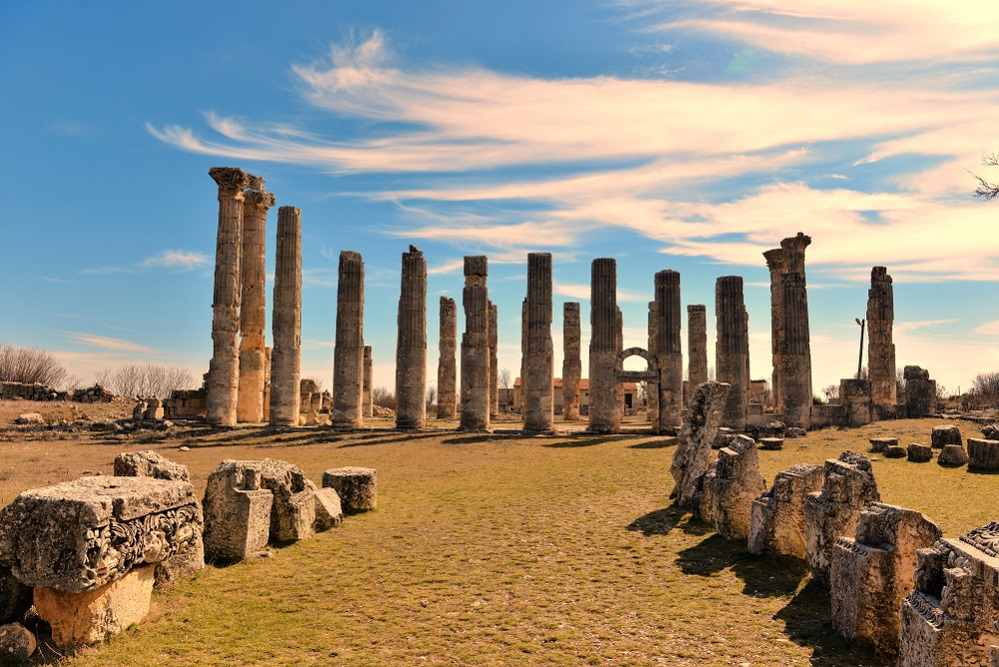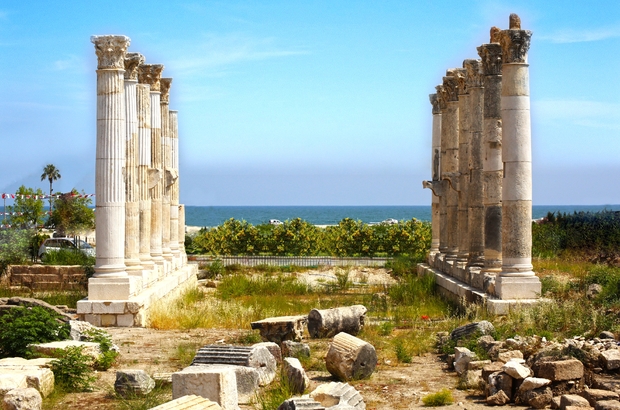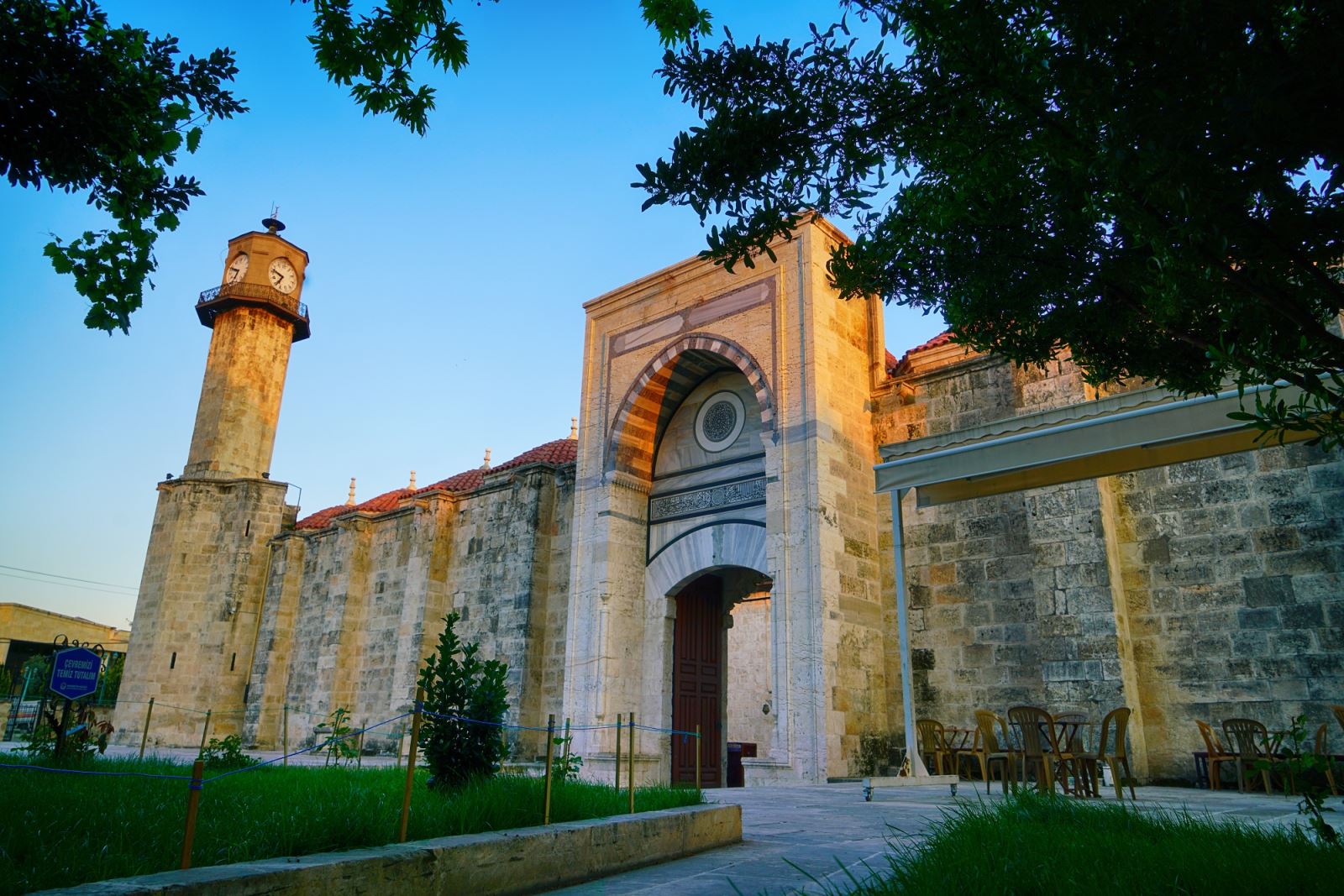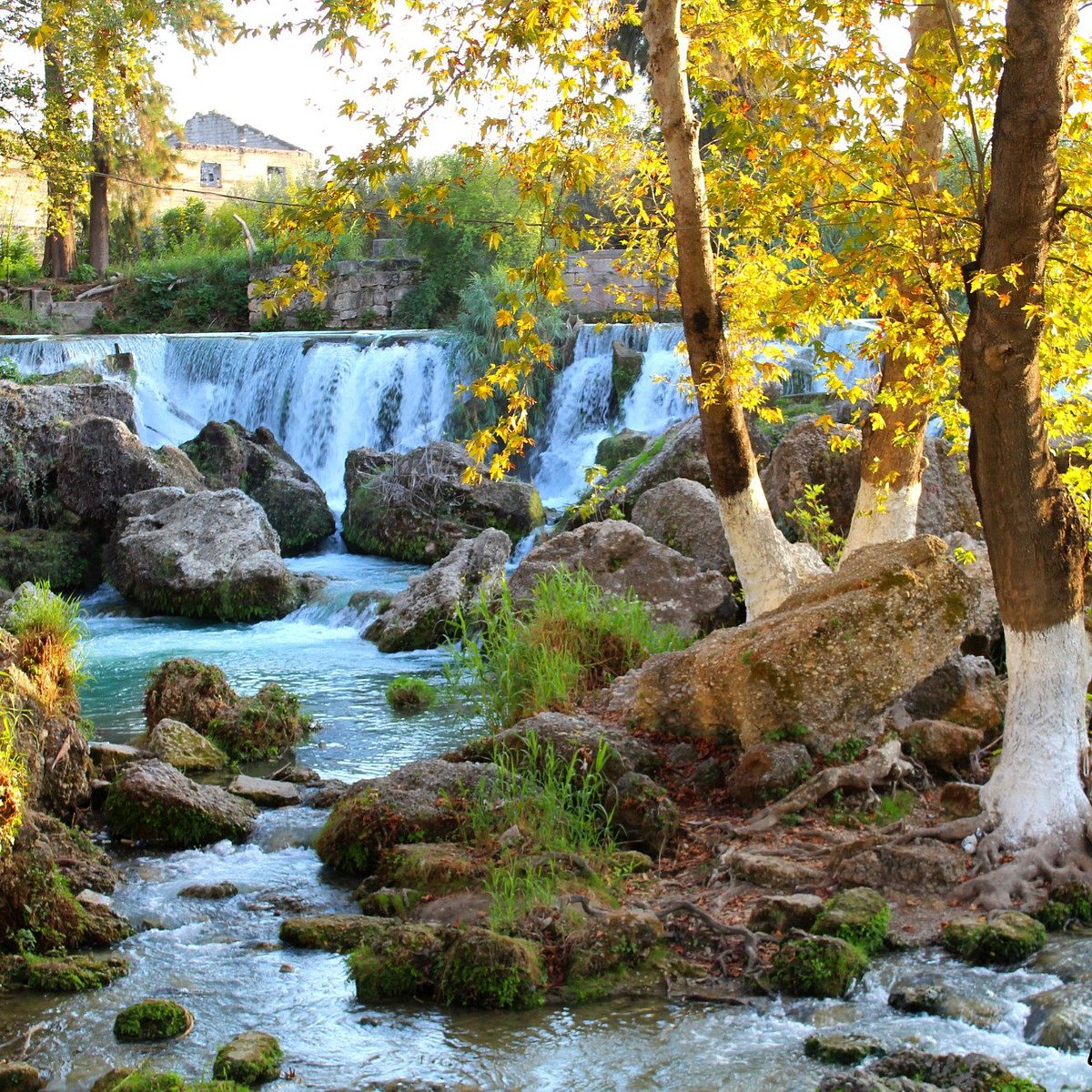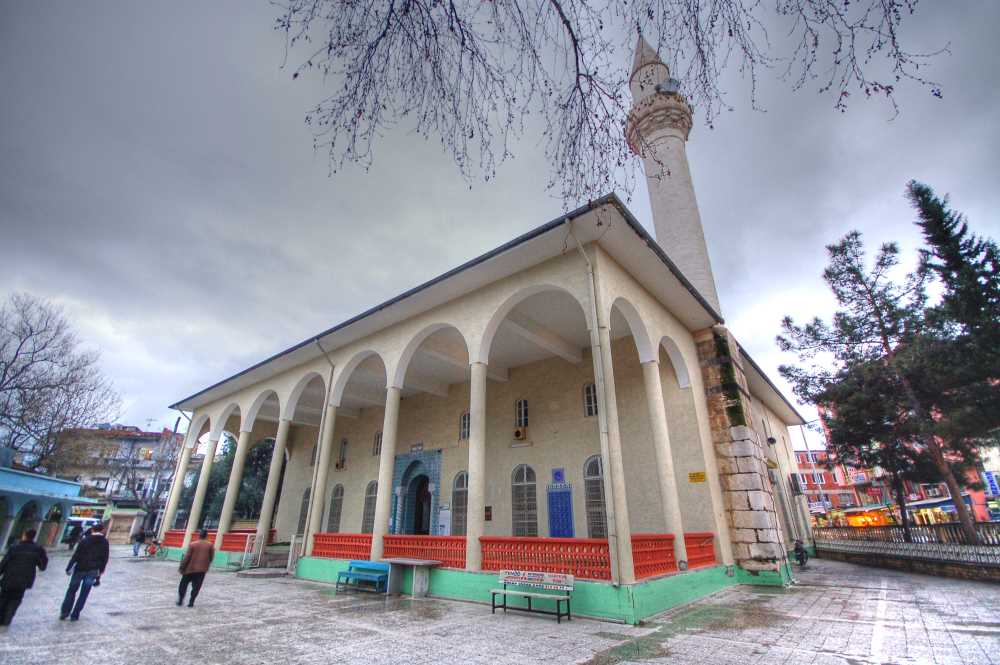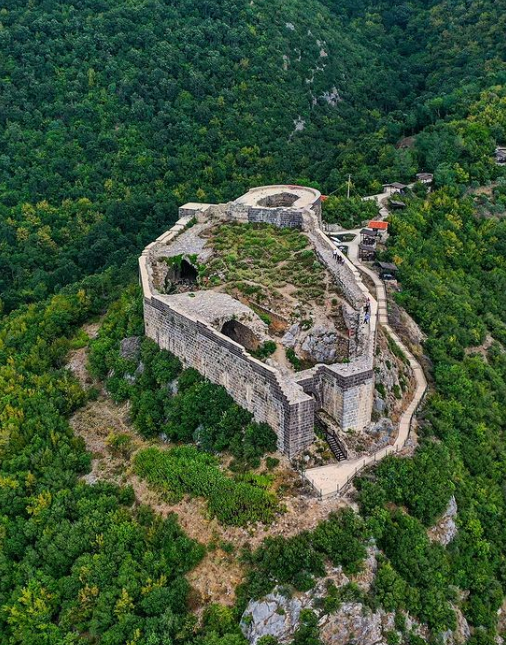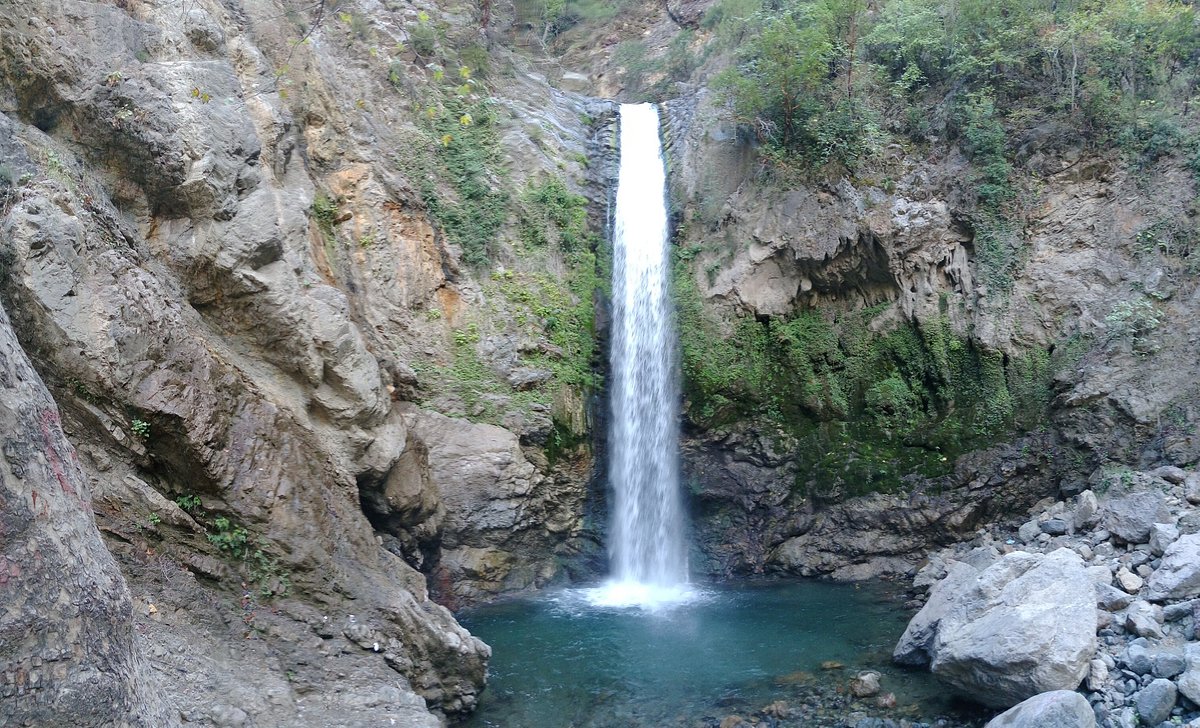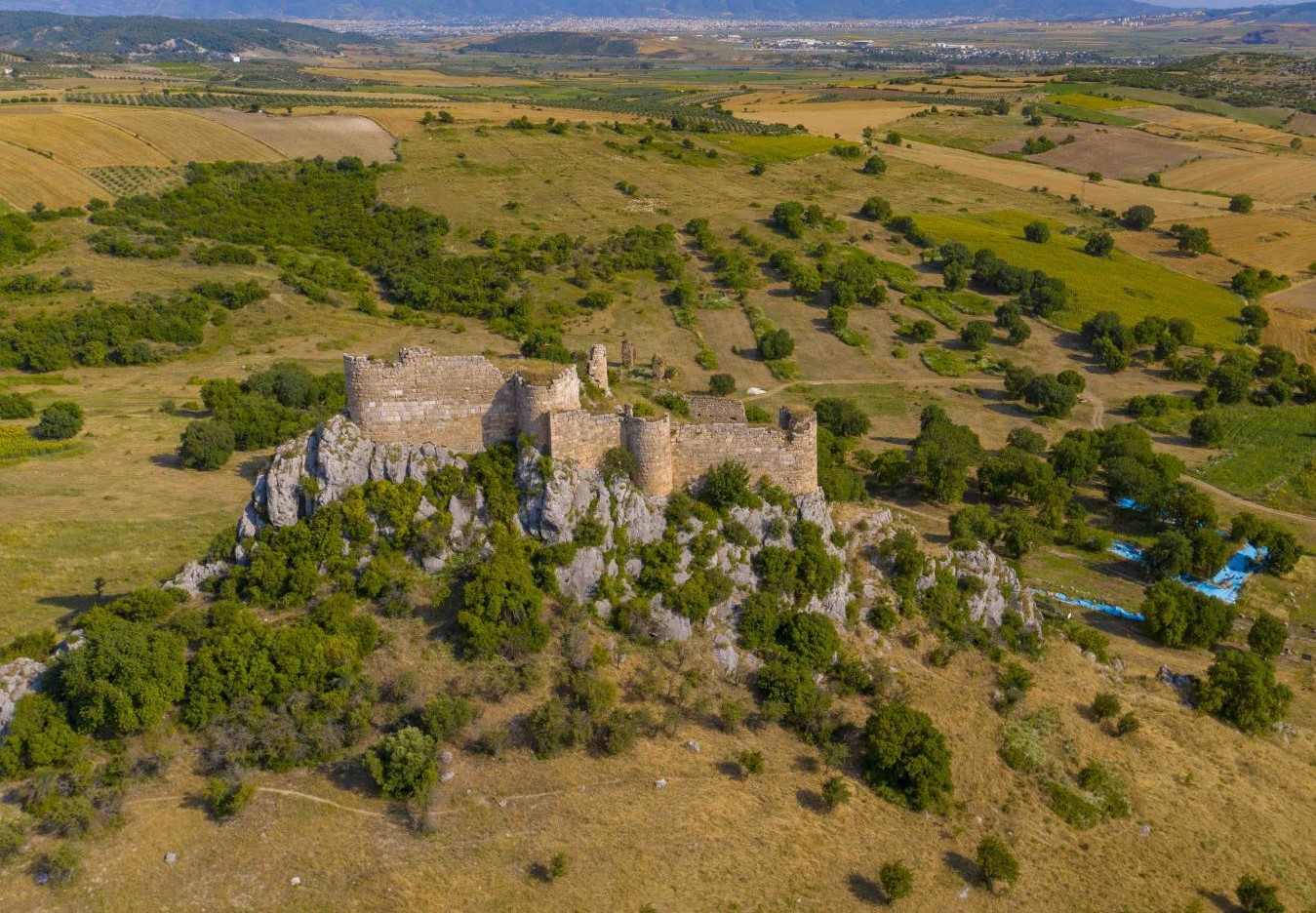Anamur
Anamur is the westernmost district of Mersin province on the Antalya border. Anemurion (Ανεμούριον), whose name derives from the Greek word for "windmill", means "windy nose". The Ancient City of Anemurium was established at a point that is very close to Anamur Cape and receives constant winds.
Anamur is the farthest district of Turkey from the city centre.
History
Anamur, whose history dates back to ancient times and came under the rule of Kizuvatlas, Hittites, Assyrians and Persians respectively, was connected to the Macedonian Kingdom during Alexander the Great's eastern expedition in 333 BC, and after this period, the name of the city began to be called "Anemurium". Anemurium means “Windy Nose” according to ancient sources. Anamur, which came under Roman and then Byzantine rule in the 1st century BC, was rebuilt during the Byzantine period. Afterwards, Anamur, which was captured by the Arabs, Byzantines, Anatolian Seljuks, Byzantium again, and the Armenian Kingdom of Cilicia, was conquered by the Seljuk Dynasty in 1228 as a result of the Seljuk ruler Alaaddin Keykubat's assignment of Ertokuş Bey to take the coastal cities. It was again under the rule of the Armenian Kingdom of Cilicia in 1243, then the Karamanoğlu Principality in 1275 and the Ottoman Empire in 1471.
Anamur became a district in 1869. Anamur, which was a district of İçel Sanjak of Konya province in 1867, became a district of İçel Sanjak when İçel Sanjak was connected to Adana province in 1877. The old town center is the Nasreddin and Ortaköy neighborhoods of today's Ören town. An old state building in ruins can still be seen here. Later, Çorak, which was a more inland and higher region, became the district center, its name was changed to Anamur, and government offices and many families moved to Çorak. In 1930, the old government office building was demolished and the Greek Orthodox church was built in its place. Its architect is an Armenian master.
Geography
Its beaches are the spawning grounds of endangered sea turtles (Caretta caretta). In addition, Mediterranean seals live in the deserted and rocky parts of the sea coast.
The forest areas are covered with trees such as pine, oak, poplar, plane tree, mahogany, and maquis plants such as laurel, carob (carob), spring, myrtle (murt), oleander. Various wild animals such as wild goats, partridges, rabbits, turtles and butterflies live freely in its forests.
On the coast, Pier, Castle, Melleç, Ören beaches; Pullu Recreation area towards the inner parts, and Kosekbuku Cave in the upper parts, the plateaus, forest areas are places worth seeing.
Climate and Vegetation
Since the tropical climate prevails in Anamur, almost all maquis and tropical climate plants grow. The annual average temperature varies between 20 and 24 degrees.
Anamur forests are covered with trees such as pine, oak, poplar, plane tree, mahogany, and maquis plants such as laurel, carob (carob), spring, myrtle (murt), oleander.
Culture
Historical places:
Mamure Castle, Anemurium Ancient City and Titiopolis Ancient City, Ala Bridge, Ak Mosque, Anamur town center and historical houses in Ören town, Azitepe and Anamur Museum are important places to visit in Anamur.
Highlands
The people of Anamur go to the small highland villages they have established in the high parts of the Taurus Mountains to escape the heat of 40-45 degrees in summer. These villages, where you stay for about 3 months, are quite cool due to their height compared to the coast. The infrastructure and superstructure of these highland villages, which until recently did not have drinking water, electricity, telephone and sewerage, are being completed rapidly, with the highland tourism coming to the fore. In addition to the modern houses in the highland villages, they are still built in accordance with the traditional architecture, with a stone-earth roof, a single chamber, a fire place (hearth) and a chimney, with one or two windows. These houses are called houses in the region. While the modern buildings were being built, the old houses were not completely demolished, concrete was poured on the earthen roofs and iron shutters were added to the windows. The most populated plateau of Anamur is Abanoz. Other known highlands are Kaş, Akpınar, Halkalı, Kozağacı, Elbalak, Bodrum and Çandır highlands.
Anamur Region Dishes
Main article: Food of the Anamur region
Dishes of Anamur Region are usually vegetables, olive oil, sometimes meat and hot, but mostly consumed cold as well. Anamur cuisine has been influenced by the Yörük tradition and flavors, as well as the Cypriot and Adana cuisine, and various kebabs have gained a unique feature to the region. The cuisine of Anamur should not be considered alone, but together with the cuisine of Alanya, Ermenek, Cyprus and, in fact, Taşeli in general. The most widely known sunken and barren is a special food in the Anamur region, especially for ladies to take with tea during their afternoon sitting. Apart from this, a kind of meat dish called Gölevez is also made in the region. Other flavors are salty; bişi (pisi), mashed potatoes, flatbread, potatoes with yoghurt, yoghurt with broad beans, stuffed leaves, stuffed tomatoes, stuffed peppers and zucchini, stuffed potatoes, noodles, roasted zucchini, black-eyed peas, red beans with taro, rice with chickpeas, ear soup, mung soup, rice soup, keskek, battered rice, stew, stuffed ribs (empty); For dessert, it is palize, samsira, karsambaç and walnut baklava.
A wide variety of salads and appetizers are prepared as a side dish. These are purslane and arugula salad, shepherd's salad, lettuce salad, coleslaw, spinach salad, rock groats, tarator, olive paste with yogurt, potato salad, onion gravy, fried peppers, fava, spicy paste and fish varieties.
Anamur Dialect (Accent)
It is a dialect of the Oghuz Turkish of the Ural-Altaic language family spoken in the Taşeli region. It shows great similarities with the Cypriot dialect. Although it contains a lot of Greek words, creative words in Öztürk are generally dominant. It has a different emphasis structure. There is the letter 'ñ' pronounced nasally.





